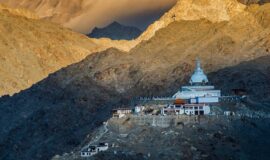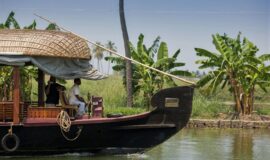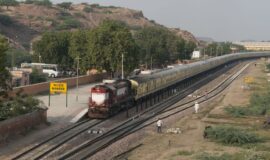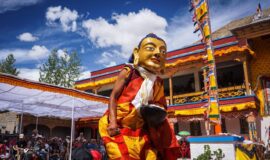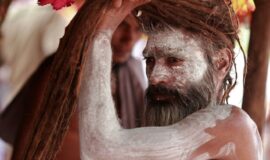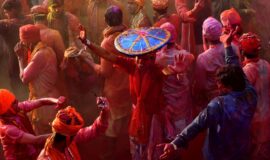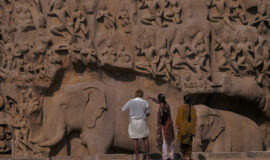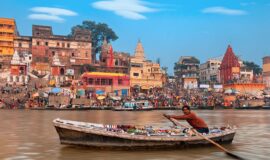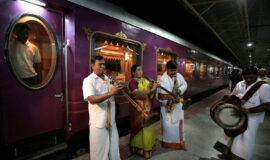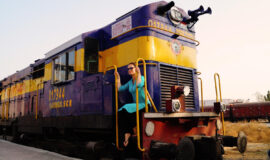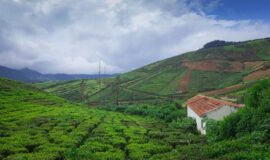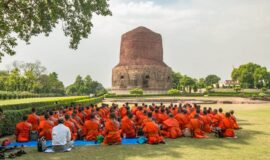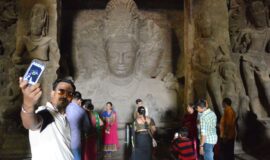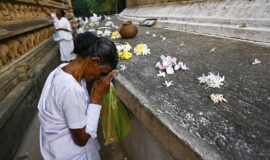Bengaluru – A Modern Metropolis with an Ancient History
History and Heritage
Old Forts and Palaces
Modern Bengaluru
A Garden City
Food & Beverage
Shopping
Quick Getways
How To Get There
Some Images From Our Trip To Bangalore
An old town and a youthful metropolis. Bengaluru has a reputation like no other city in India. The country’s youth know it is a happening, vibrant and entirely modern place to work, live and play. Technology thrives there, and its pulsing lifestyle is a national pacesetter. Like most cosmopolitan cities, however, there is even more below the surface. It is also a city that is also conscious of a proud and venerable history of more than 500 years that has been marked by events that have made Bangalore what it is today – and will continue to guide its future. The city’s development is truly astonishing. Once a hasty structure of mud, now a city of unlimited possibilities. Both nature and man have made their contributions to Bengaluru’s remarkable heritage – grand palaces and green parks are equally representative. The city’s natives are conscious of their heritage and are proud, but not arrogant – but proud as a parent of their child and a child of its parents. And like either, they are patient. But when they feel their city under threat, they rise up in activism. Then, once the crisis has passed, they settle back down, content in the bosom of their city.
Bengaluru has won nationwide fame for what it was, is, and has become. It is the Pensioner’s Paradise, the Garden City and India’s Silicon City – but not only these. It is a city of moderate climate. Sprawling on a plateau over 900 meters above sea level, it avoids the extreme heat and humidity that characterizes so many of India’s large cities. And despite its size, despite the mass population, and sometimes impossible traffic, Bengaluru is a mother that embraces many small towns and neighborhoods – which is what makes Bengaluru so special. One could say, it is actually a collection of villages that are like siblings – each related and each with its own character.

The ostentatious Bangalore Palace drew inspiration from Windsor Castle and resembles a medieval English castle © jishnu2602
History and Heritage
The history of Bengaluru is a colorful pageant of events that is representative of many Indian cities but has also made the city what it is today. The year 1537 is widely regarded as the beginning of Bengaluru’s history. In that year, the lord Kempe Gowda I, a vassal of the Vijaya Nagara kings, built a mud fort and named it Bengaluru. Yet there are some tantalizing earlier mentions of the name Bengaluru. According to one legend from a time 300 years earlier, King Veera Ballala Raya II received a handful of boiled beans. This episode is supposed to explain the city’s name: Benda Kalu = boiled beans, Uru = town). So, the supposed original name ‘Bendakaluru’ literally means ‘Boiled Bean Town’. The name was then shortened over the centuries to Bengaluru. The British anglicized the name to ‘Bangalore’ – a name that may be more familiar to you.
Some historians are doubtful about the legend and the ‘Beantown’ name. Yet there is no doubt that Kempe Gowda I and his son, Kempe Gowda II, had a great influence on the city’s establishment and eventual rise. The two rulers are responsible for the construction of temples, the creation of lakes, and set up commercial centers – all of which led to significant growth. The son also undertook fortification of the city. Four watchtowers that indicate where the original walls ran are still there today. The Sultan of Bijapur defeated Kempe Gowda III and took control of the city in 1638. He gave it to Shahji as a jagir (feudal estate). The Mughals then defeated Shahji’s son and conquered the area in 1686. They leased it to Chikkadevaraja, who built a second fort and joined it with the first with an esplanade. This new fort eventually became today’s Krishnarajendra – or City – Market. The Marathas eventually threatened the city, but Hyder Ali and later his son, Tipu Sultan, were able to resist, furthering fortifying the city. British Lord Cornwallis captured the fort during a war against Tipu Sultan in 1791. The British handed over the administration to Maharaja of Mysore in 1799, but and the area remained under British control until Indian independence.
Bengaluru grew as a commercial center, but its development was greatly influenced when the British created the ‘Cantonment’ there in the 19th century. This was directly controlled by them and led to the introduction of European influence, including the construction of buildings and the creation of distinct neighborhoods. Technology and learning also took root there and thrived further after independence. Today, it is India’s premier technology center.
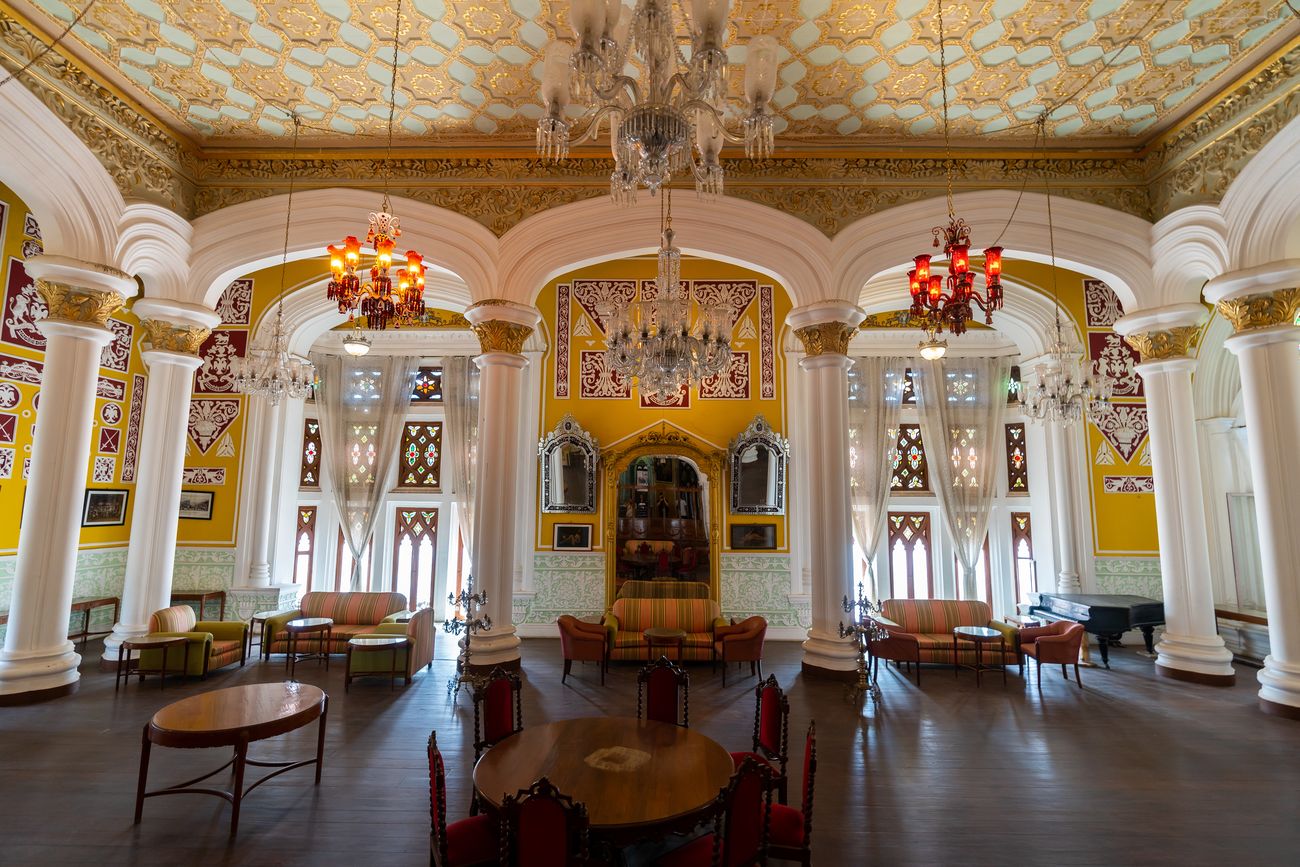
The antique interiors inside the Bangalore palace whose architectural style is a mix of Tudor and Scottish Gothic with huge chandeliers © Foofa Jearanaisil
Old Forts and Palaces
Bengaluru’s history has left behind numerous traces that one can still see today. The four Kempe Gowda Towers (already mentioned) mark the city’s boundaries at that time. Parts of the Bengaluru Fort, located in the city’s center, still remain. It consists of high stone walls and sports elaborate carvings – and even dungeons! Even more, remains of Tipu’s Palace. Tipu Sultan built it on the site of the old mud fort, and it later became the summer retreat for the Mysore rulers. The palace is constructed mainly of wood and consists of fluted columns, arches and balconies. It also serves as a museum displaying artifacts from the period. The ceilings are especially marvelous with their intricate carvings and bright colors – a breath-taking witness of a glorious past. Tipu named the palace ‘Rash-e-Jannat’ (Abode of Peace). Hyder Ali’s Armoury and another fort of the era are located nearby.
The Bengaluru Palace is more recent and even more spectacular. It was built in 1887 by the Mysore Maharaja Chamaraja Wadiyar in 1887, who was obviously inspired by Windsor Castle. It is a wood and stone structure set in a 400-acre green area. The interiors remind one of a Tudor castle and boast impressive carvings and moldings, wonderful paintings, and Gothic architectural elements.
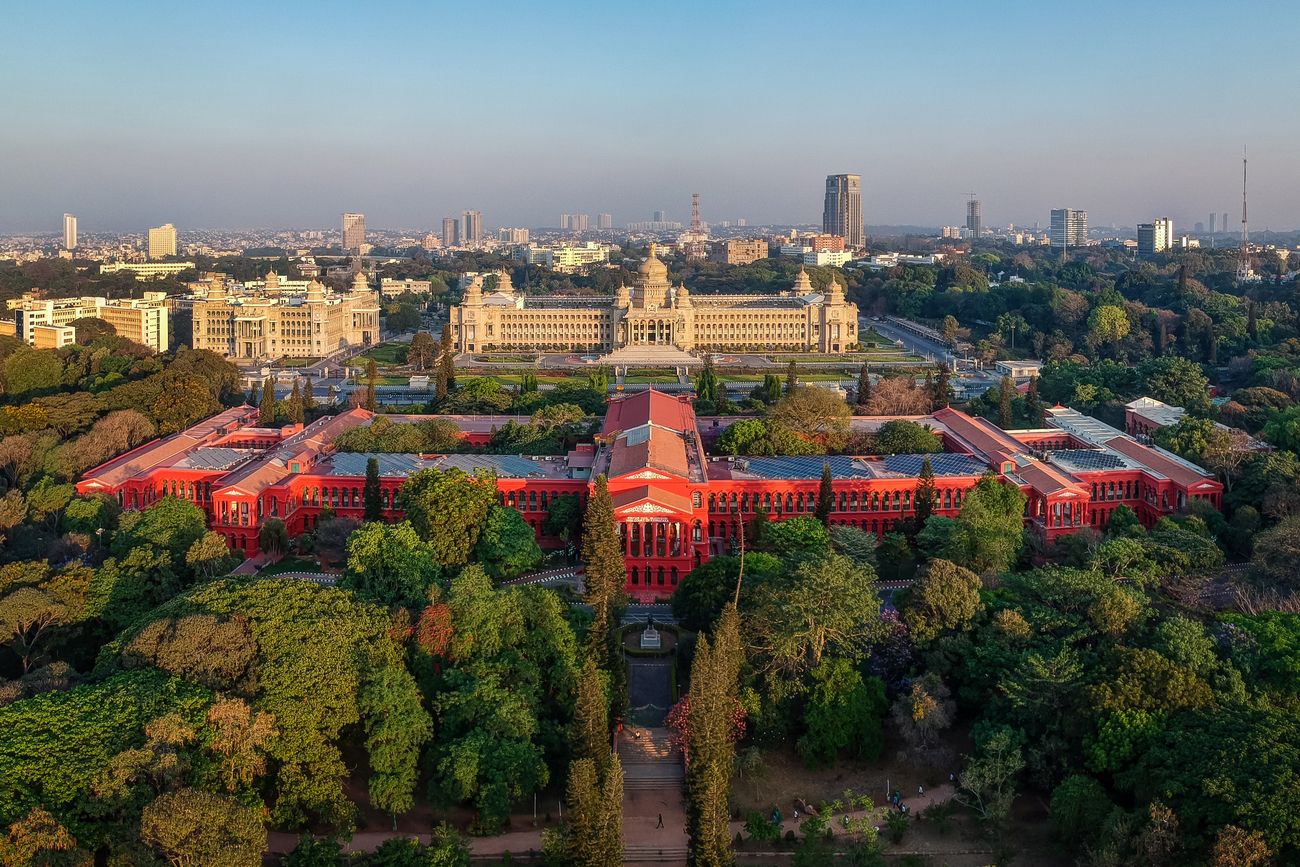
An aerial view of Vidhana Soudha and High Court building surrounded with lush green trees. Bangalore has been known by many epithets over the decades as Garden City, Pensioner’s Paradise, and Silicon Valley of India © Amith Nag
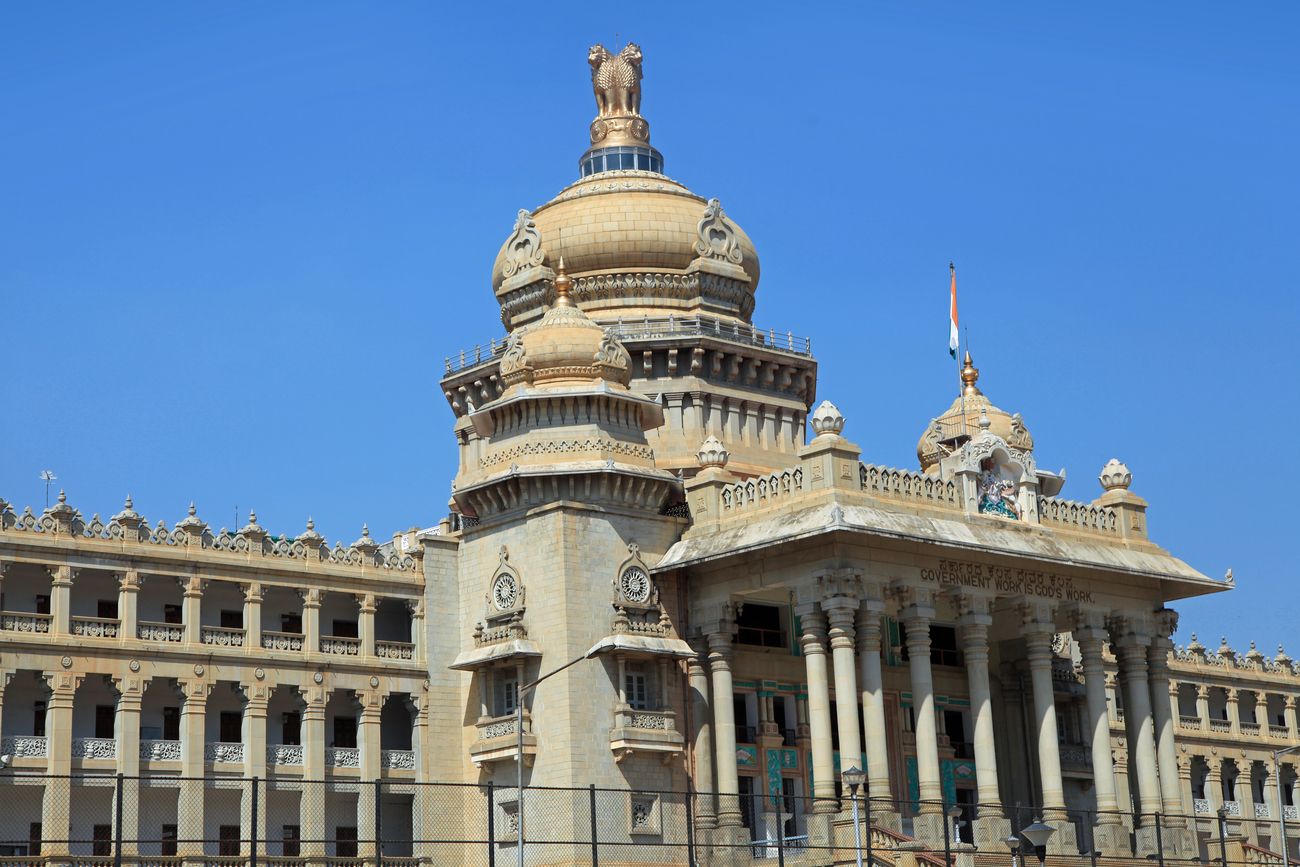
The city’s most identifiable landmark, the Vidhana Soudha (Parliament house) features a granite edifice with white onion domes, massive pillars, and archways. On the top of the dome is the Lion capital, the emblem of India © SNEHIT PHOTO
Modern Bengaluru
Bengaluru’s more recent history has also left behind impressive witnesses to the development of the city into a modern technology center. Perhaps the city’s most iconic structure is the Vidhana Soudha. It was built in 1956 and is remarkable for its successful combination of Dravidian, Rajasthani, Chola, and Kannadiga architectural styles. This building is the seat of the state of Karnataka and contains both the government and the legislature in its two wings. The whole building occupies an area of 700 by 350 meters. The central section and the wings are topped by onion domes, and twelve massive columns twelve meters high dominate the entrance. The interiors boast painted friezes and various ornamental motifs. It is difficult to get inside, admittedly, but the exterior is very impressive all by itself.
Across from this building is the Attara Kacheri – a structure that immediately draws one’s attention because of its remarkable red color – most of it is brick. It is a two-storied building design in the Greco-Roman style of architecture and includes Ionic porticoes at the center and at both ends of the elevation. A portrait of Sir Mark Cubbon, Commissioner of Mysore from 1834 to 1861, looks down on visitors from the central hall’s high ceiling. The Attara Kacheri is the site of the Karnataka High Court and was completed in 1868. It is the oldest functioning public building still standing in the city. It is not only significant for the history made within. Its very existence was once at stake. There were plans in 1982 to pull it down and rebuild it some decades ago, but the public put up massive resistance to these plans, and the idea was eventually dropped.
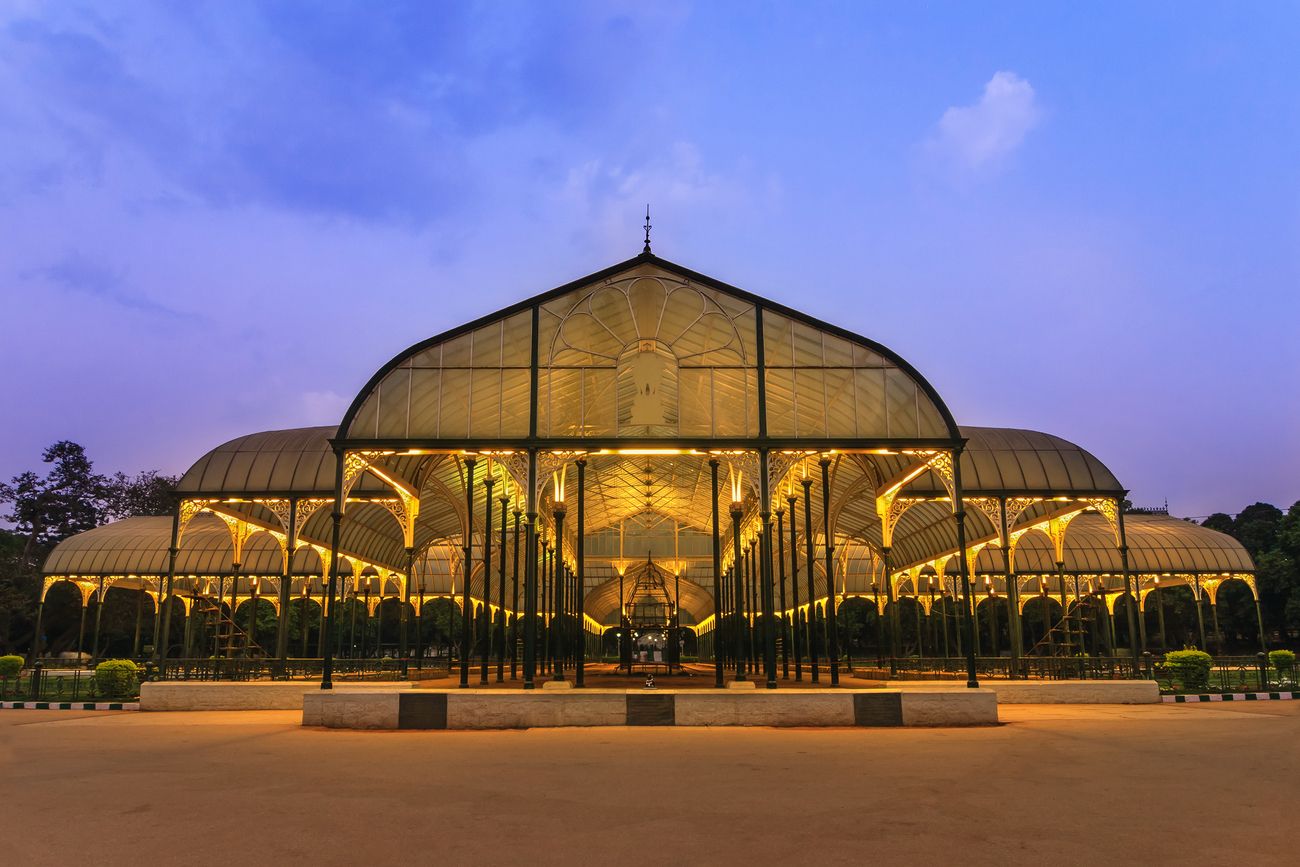
A stunning night scene of Lalbagh Park which is a botanical garden and also has a glass house and lake inside in the City © Noppasin Wongchum
A Garden City
That is what many people call Bengaluru – and the city is definitely worthy of that title. In addition to other spaces, two parks have especially contributed to Bengaluru’s green reputation.
Probably the most popular place to get away from the stress and bustle of the city and enjoy nature is Cubbon Park, named for the Commissioner of Mysore. He had the park designed and honored Queen Victoria with a statue at its entrance. The park encompasses 300 acres of green grass, thickets of bamboo, colorful flowers, and beautiful trees. Natural rock outcrops are also creatively integrated into the landscape. It also contains a number of buildings and facilities such as the State Central Library, an aquarium, and Bal Bhavan, which contains a children’s amusement park. Although the park was officially renamed Sri Chamarajendra Park in 1927, it is still popularly referred to by the older name.
About 3 kilometers away from Cubbon Park in southern Bengaluru is Lalbagh, an extremely popular public garden. This 240-acre space was laid out under the rule of Hyder Ali in 1760 on the model of Mughal era gardens and was further developed by Tipu Sultan. Much of its greenery was imported from several areas in India – and even London, it is said. It boasts India’s largest collection of exotic plants and is also home to numerous wild species of birds that enjoy the garden’s 30-hectare lake, as well as other wildlife. Among the Lalbagh’s special attractions are the Glass House, a lotus pond, an aquarium, a mango grove, a topiary – and even a deer park. There is also a lovely old, wooden bandstand. Another big attraction is a tree fossil that is about 20 million years old. A rocky outcrop there is topped by a watchtower built by Kempe Gowda. The outcrop itself – called the Lalbagh Rock – is 3,000 million years old and a national geological monument. The Glass House hosts well-visited flower shows on Independence Day and Republic Day.
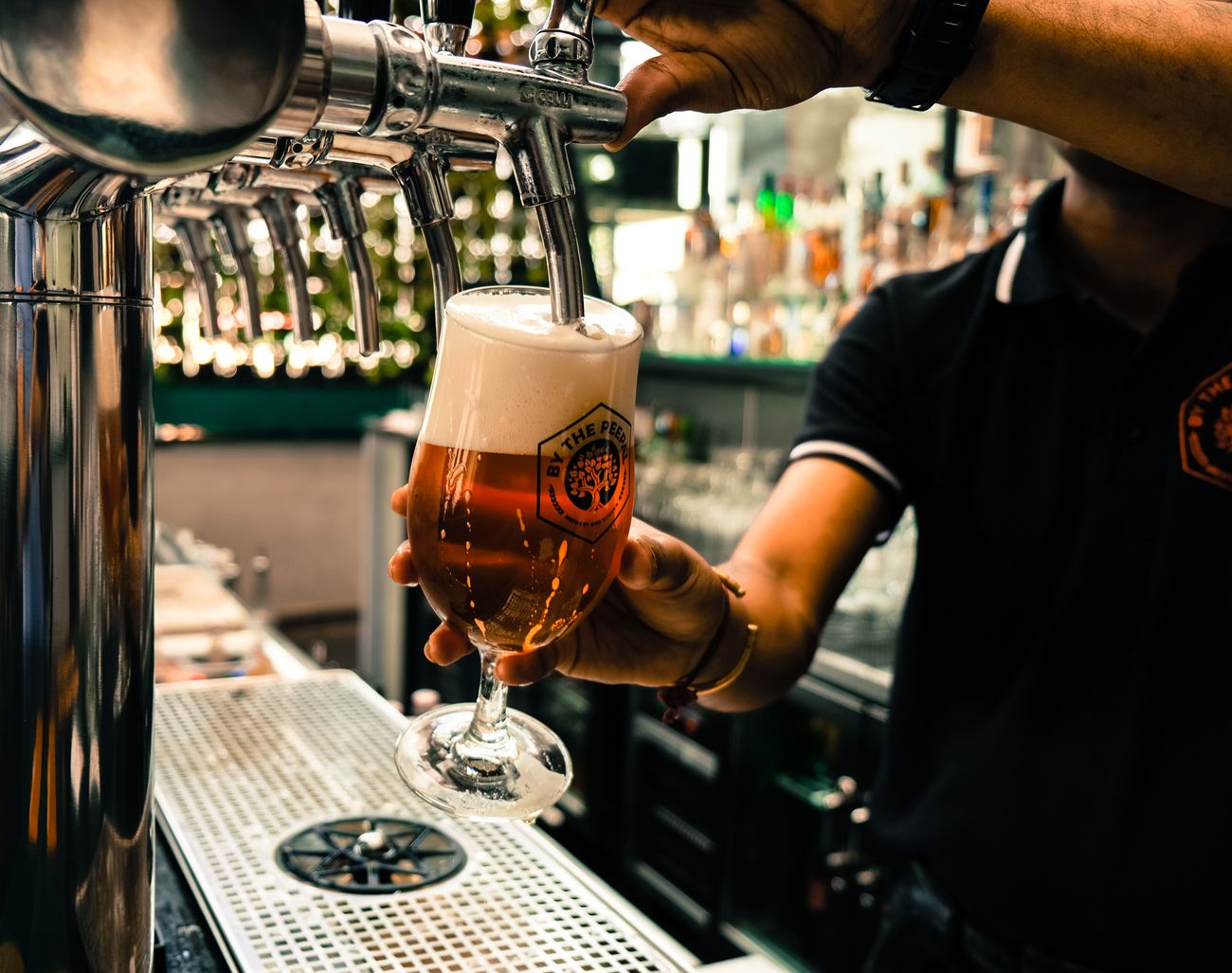
A bartender pouring crafted beer in a local microbrewery © sunil ak
Food & Beverage
Like any cosmopolis, you would expect Bengaluru to offer a wide variety of cuisines. Well, you won’t be disappointed! You can find dishes from all over the country as well as from abroad – in fact, almost anything you want. Despite the choices, however, perhaps the most interesting way to enjoy food and an authentic Bengaluru experience is in one of its typical small, hole-in-the-wall food establishments. A very famous chain of restaurants is MTR, which is renowned for its South Indian cuisine and especially for its Rava idli, masala dosa, and vegetarian thali. There are small eateries across the city known for their delicious idlis. Especially famous for those are Brahmin’s Coffee in VV Puram and Veena Stores in Malleswaram. Or try Malleswaram’s CTR for its crispy, delicious dosas. In recent times, Bengaluru has developed a real coffee culture.
Street food is especially popular, tasty, and inexpensive – and available in a dizzying variety. Chaats specialize in Bengaluru fare while dosas offer Chinese and Gobi-Manchurian dishes. Some areas are especially known for street foods. Two of the most popular are VV Puram’s food street and Avenue Road, which are especially crowded at night. Food trucks offer a wide variety of international favorites like burgers, ribs, and Asian food.
There are, of course, restaurants that cater to almost any taste. Two worth checking out are Karavalli at Taj Gateway and Dakshin at The Windsor for regional dishes. Kudla is a restaurant more narrowly pitched at Mangalore cuisine. Other restaurants delight diners with Andhra and Kerala style dishes. You can also find excellent restaurants offering North-Indian, Asian and European menus.
Due to its British legacy, pubs have long been part of Bengaluru’s social scene, and microbreweries have been on the rise. Scattered around the city, beer lovers can experiment with and enjoy a wide variety of special – and sometimes strange – brews. If you are an enthusiast, there are a number of popular places to visit such as Prost, 3 Monkeys Brewpub, Toit Brewpub, Biere Club, Windmills Craftworks, Murphy’s Brewhouse, and The Arbor Brewing Company.
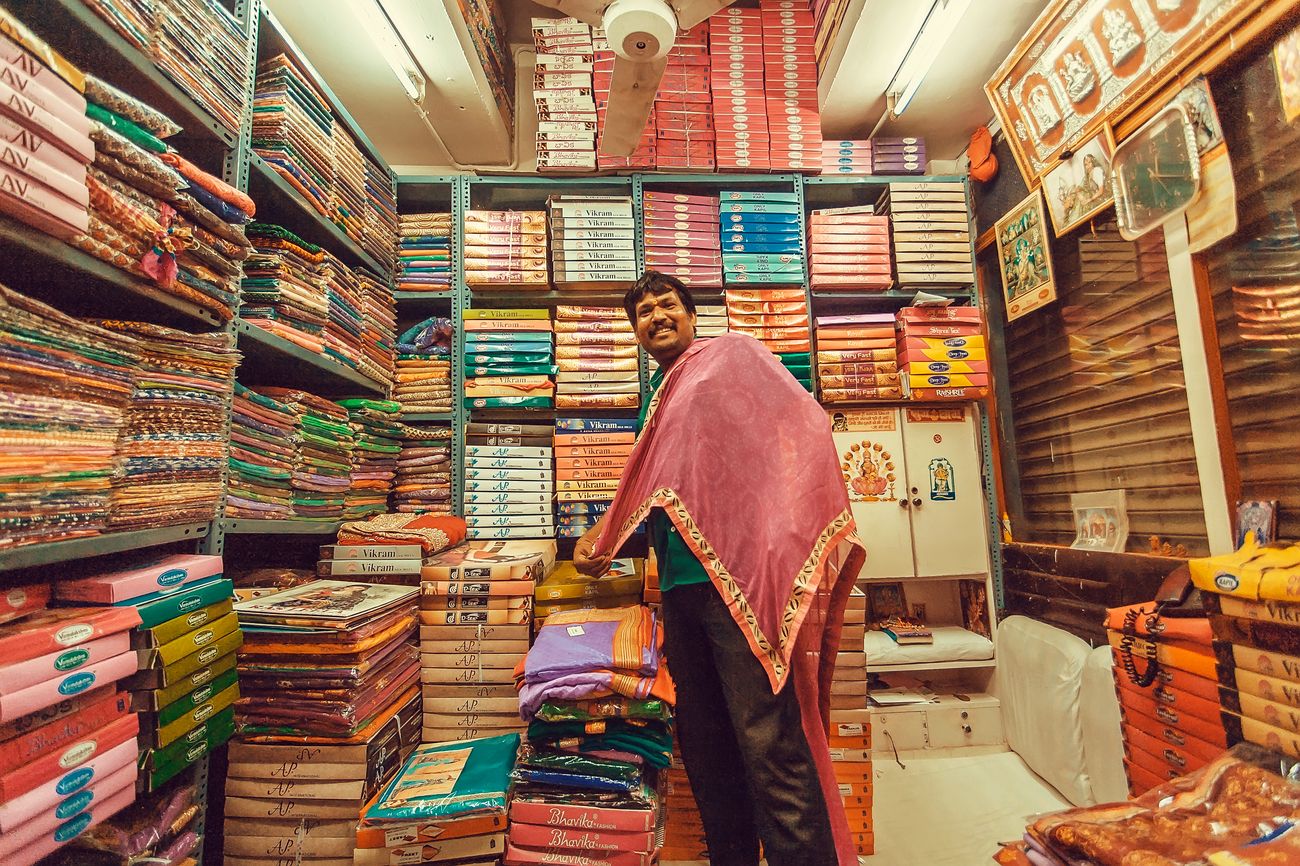
An Indian seller with textile joyfully waits for customers in traditional markets with a huge number of female clothing. The Silicon Valley of India, Bangalore is the third most populous Indian city with a population of 8.52 million © Radiokafka
Shopping
Shopping in Bengaluru offer just about anything for anyone in almost any style. Trendy, high-end, Bohemian or laid-back. In recent times, malls have been springing up and offer an even greater variety. They are also popular gathering places for window-shopping, meeting people, dining, or just plain hanging out. There are even malls aimed at appealing to wealthier consumers like Vittal Mallya Road. Its pricey stores pitching global and exclusive brands have earned it the nickname of India’s Rodeo Drive.
There are still the venerable shopping strips that continue to bring in crowds of avid shoppers. The most famous of them are MG Road, Brigade Road, and Commercial Street. Wholesalers and people looking for more traditional articles prefer to visit the city’s business district. Yet the newer malls are so competitive that practically every district now boasts of at least one.
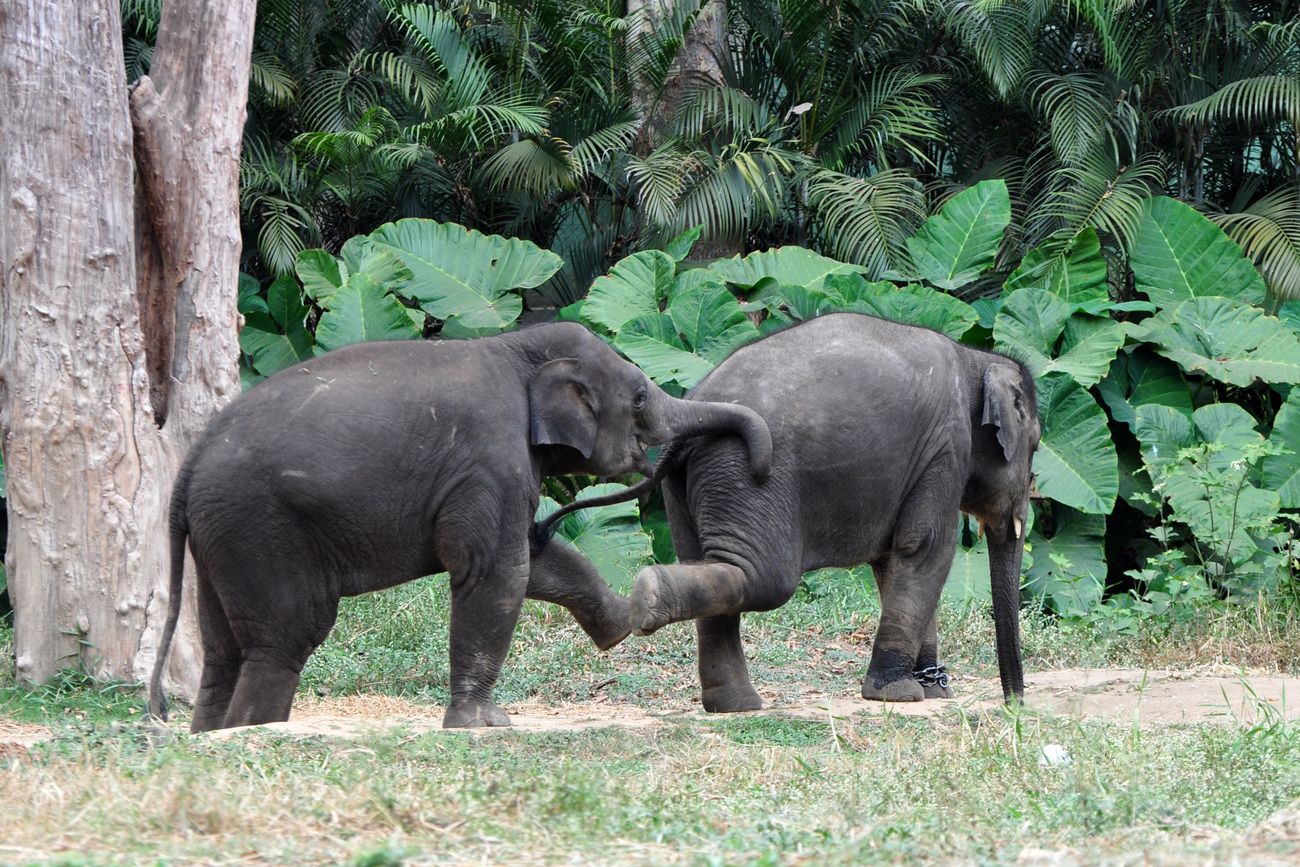
Two Asian baby elephants play with their hands and legs at Bannerghatta National Park in Bangalore, Karnataka. The park has great wildlife in large encounters so no real cages are there © Oe Ravi
Quick Getways
You just might want to take a break and relax. Day trips provide opportunities for escaping from the city’s noise and bustle. Nandi Hills, for example, is only 60 kilometers away and offers a pleasing landscape of rocky hills and steep cliffs. Its altitude of 1,500 meters above sea level also means that it remains cool in summer.
Hiking trails are popular, and despite the rocks, the hills also have very diverse flora and are rich in birdlife (attention birdwatchers!). There are also a number of interesting attractions such as the 600-meter high Tipu’s Drop – where Tipu Sultan ‘dropped’ condemned prisoners. There is the Yoga Nandeeshwara Temple where you can get in touch with body and soul. Before going, get a guide for a comprehensive list of places worth seeing.
Many famous personalities visited the area to cool down and get away from it all. Tipu Sultan was a frequent visitor, and Mark Cubbon built a house there. Among other famous visitors were Jawaharlal Nehru, Mahatma Gandhi, and Queen Elizabeth II.
The closest forest is located about 25 kilometers south of Bengaluru. The Bannerghatta National Park consists of about 25,000 acres and offers visitors a chance to see elephants in a natural environment. There are also lion and tiger safaris, and a zoo there is particularly popular with children. The park also has a network of hiking trails. The nearby Jungle Lodges and Resorts provide a convenient place for overnight stays.
Another wonder of nature is the gorgeous Ranganathittu Bird Sanctuary. This forested area, 130 kilometers from Bengaluru, is a 40-acre wonderland of water, enchanting animals, and beautiful flowers. It is, of course, especially known for the incredible number and variety of birds. The sanctuary contains six islands set in the winding Cauvery River, and the dense Ripuarian woodlands offer birds an ideal habitat. Before entering the sanctuary, a park has been laid that offers visitors a chance to just relax and bird watch. To get a closer look, you can take a boat around the many wooded islets. Just a few of the many bird species you could spot here are at least four varieties storks, egrets, herons, kingfishers, ducks, and pelicans. Animals include otters, macaques (monkeys), flying foxes (huge bats), mongooses, and crocodiles. If you really want to experience this best, do not schedule a visit during the rainy season, as the boat tours are suspended then due to the flooding.
If you are more into cultural excursions, Janapada Loka is only 50 kilometers away. It is a museum complex 15 acres in size that features Karnataka’s folk culture. The museum itself houses a remarkable number of exhibits and items illustrating daily life like household equipment and toys. Among the artifacts are also native weapons, fishing and hunting implements. The complex also includes an open-air theatre, among other attractions.
For the history enthusiast, a visit to Srirangapatna is well worth the 125-kilometer trip. This town, completely enclosed as an island in the Cauvery River, is practically a history of Karnataka in miniature. You come across the region’s myths, legends and history practically around every corner. You might even think that the town is still living under the rule of Hyder Ali, Tipu Sultan, or the Wadiyar dynasty. The town is set among the ruins of the fort built by Tipu and was the capital of Mysore under his rule. Tipu and Hyder have left their marks everywhere. Daria Daulat, Tipu’s summer residence, is a fascinating wood structure. Gumbaz contains the remains of Hyder, Tipu, and his entire family. Other must-see attractions are the famous and important Ranganathaswamy temple and Sangama – where the Cauvery River and the Arkavati merge. Colonel Bailey’s dungeon is another interesting sight. This was actually a place Tipu Sultan used as a prison for British officers. Tradition has it that Lord Bailey was the only British officer who died there.
Just fifteen kilometers further along is the fabled city of Mysore – the capital of Tipu and the Wadiyars, a city of palaces, gardens, and temples, crisscrossed by boulevards and scented with jasmine. Mysore has inspired writers and poets and is the source of Malgudi – the fictional town that features in the novels of Mysore resident R.K. Narayan. Sights worth visiting are the Mysore Palace, Jaganmohan Palace, Chamundi Hills, Brindavan Gardens, and Rail Museum. If you are searching for interesting souvenirs, you should look at sandalwood items and silk saris – Mysore specialties. And under no circumstances, forget to try Mysore Pak – a delicious sweet named after the city.

A grand view of Bangalore International Airport, officially known as Kempegowda International Airport © Pradeep Kumar KV
How To Get There
Bangalore is served by Kempegowda International Airport (40 kilometers from the city center) and can be easily reached by air from all major Indian cities, so you can easily connect to the regional airport. The city is also a major regional train and bus hub.
When To Go
The average temperatures in Bengaluru are mildest from September to February, but the heaviest rainfall stretches from May to October.

A flight boarding the passengers at Kempegowda International Airport. It is the third busiest airport by passenger traffic in India © Pradeep Thomas Thundiyil
Some Images From Our Trip To Bangalore
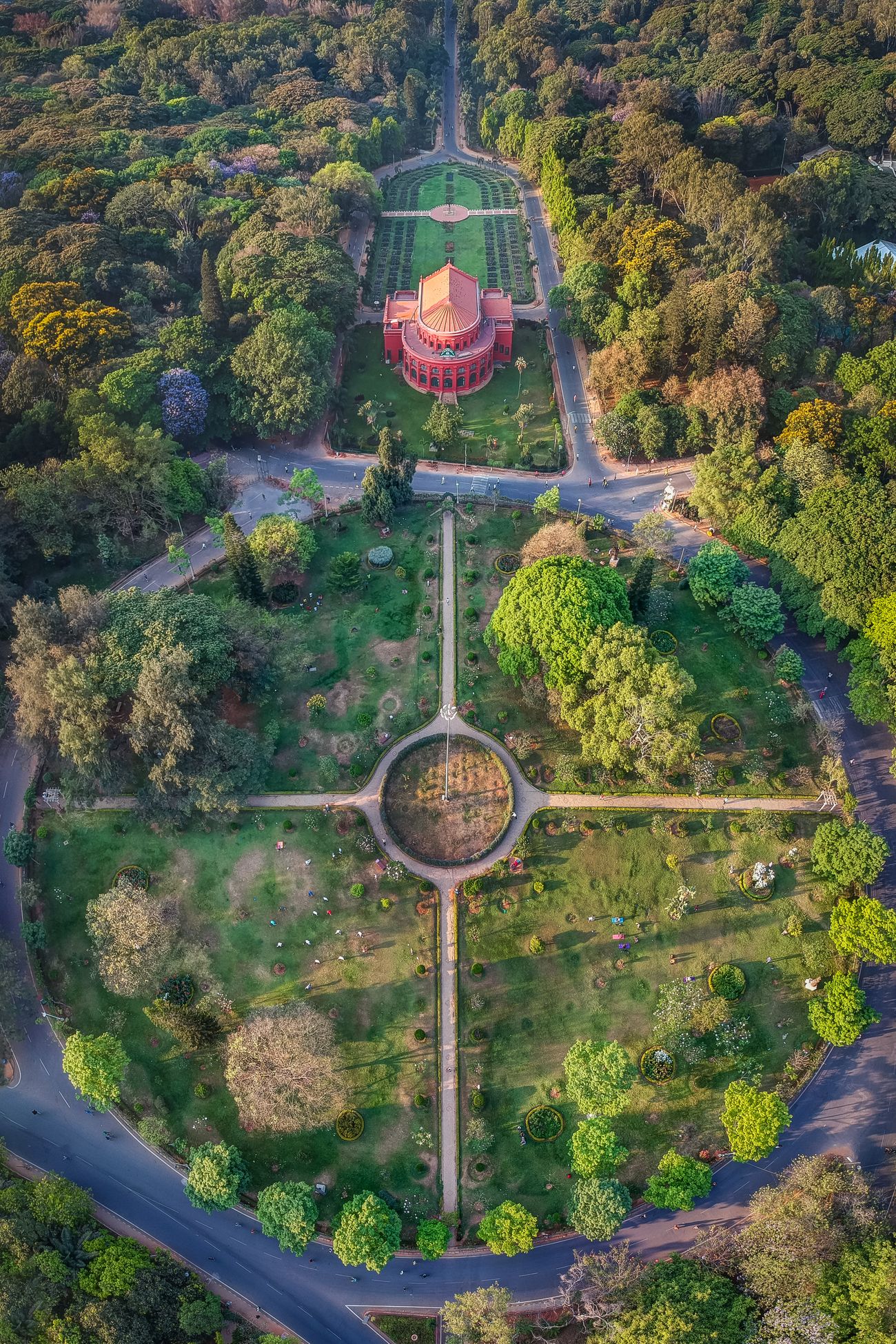
A stunning aerial view of the Karnataka State Central Library which was built in 1915 and is now located inside the lush Cubbon Park. Bengaluru’s Park Paradise, Cubbon Park, the 120-acre lush park, and Bengaluru’s prime lung space, gives city slickers an opportunity to hit pause and get off. Precious moments spent there, away from the frantic pace of a thriving megalopolis are a gift a blast from the past when Bengaluru was just a sleepy cantonment town dubbed the Garden City. Lovers, both young and old, amble around with an air of cozy intimacy, shielded from an unquiet city and its throbbing aura of commerce. Others in the pursuit of fitness limber up in the green environs, while groups of young students pore over books or just bat the breeze to get some respite from the rat race. When visiting Bengaluru, do not forget to take a walk in the park, especially when the soft evening light drapes it in an ethereal glow © Amith Nag
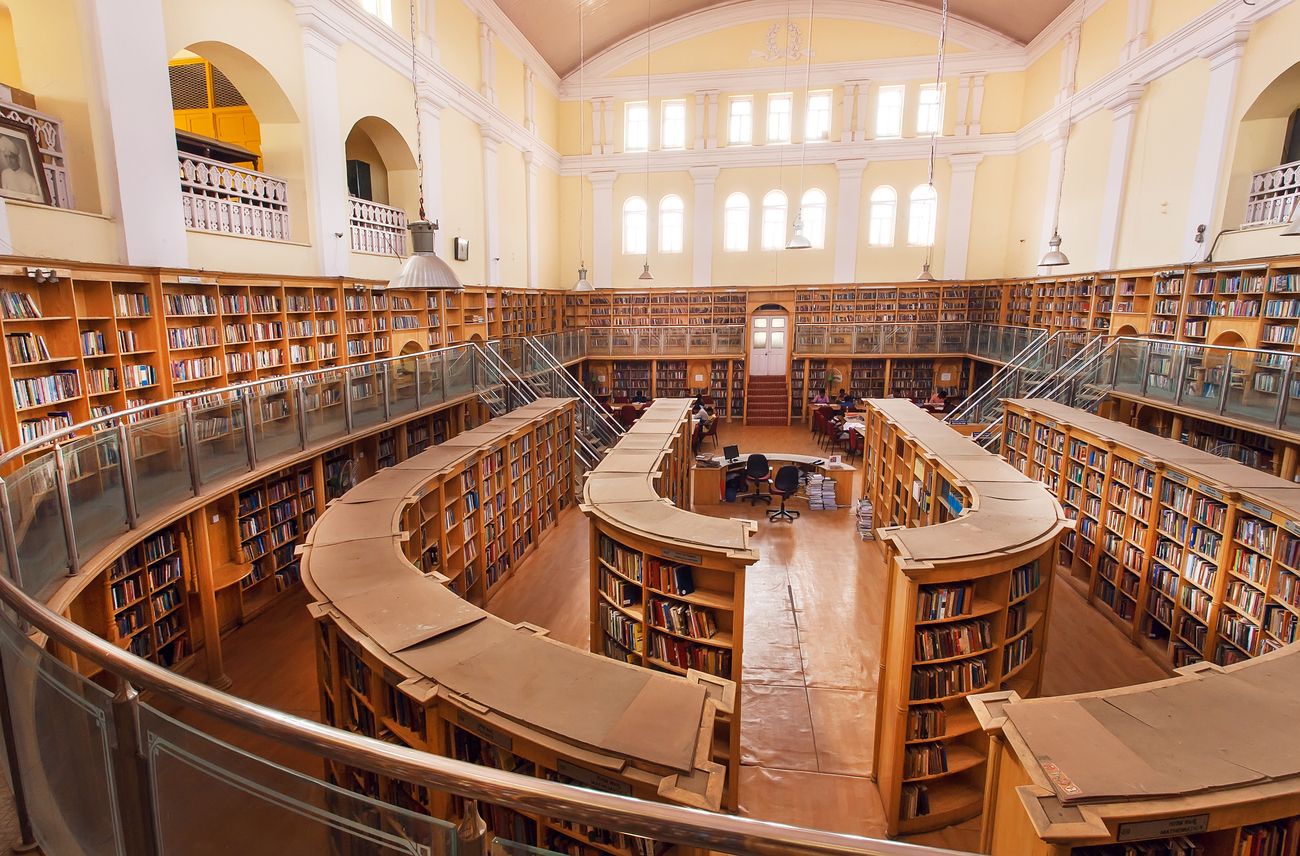
A huge wide hall of the Karnataka State Central Library Street embellished with old wooden bookshelves. With its Gothic-style architecture and housed with 2.500.000 books, the library continues to serve as a reference library with no borrowing allowed © Radiokafka
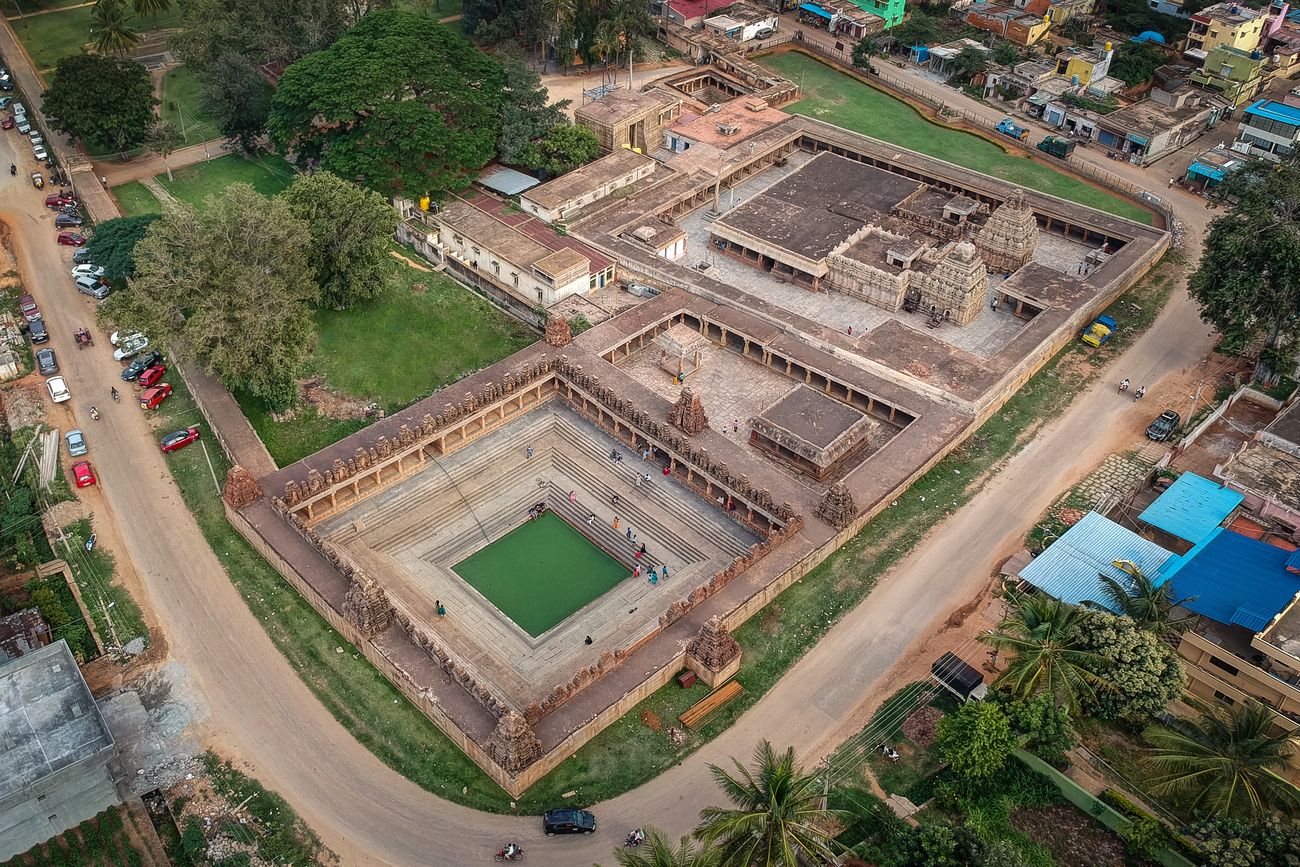
A mesmerizing aerial view of Bhoga Nandeeshwara Temple, Chikkaballapur, rural Bangalore near Nandi Hills, Karnataka. It is a magnificent example of Dravidian Architecture and is a 1000-year-old temple which is dedicated to the Hindu God Shiva © Amith Nag

A zoomed in capture of carved idols parked in Yoga Nandeeshwara temple. It is more than 1000 years old and a beautiful temple of Lord Shiva and was built by cholas, close to Nandi Hills, Bangalore © Chaithanya Krishnan

Chowdiah Memorial Hall is an amazing cultural center in Bangalore for musical and theatrical performances. The auditorium is built in a classic violin shape with beautiful lush lawns © Amith Nag
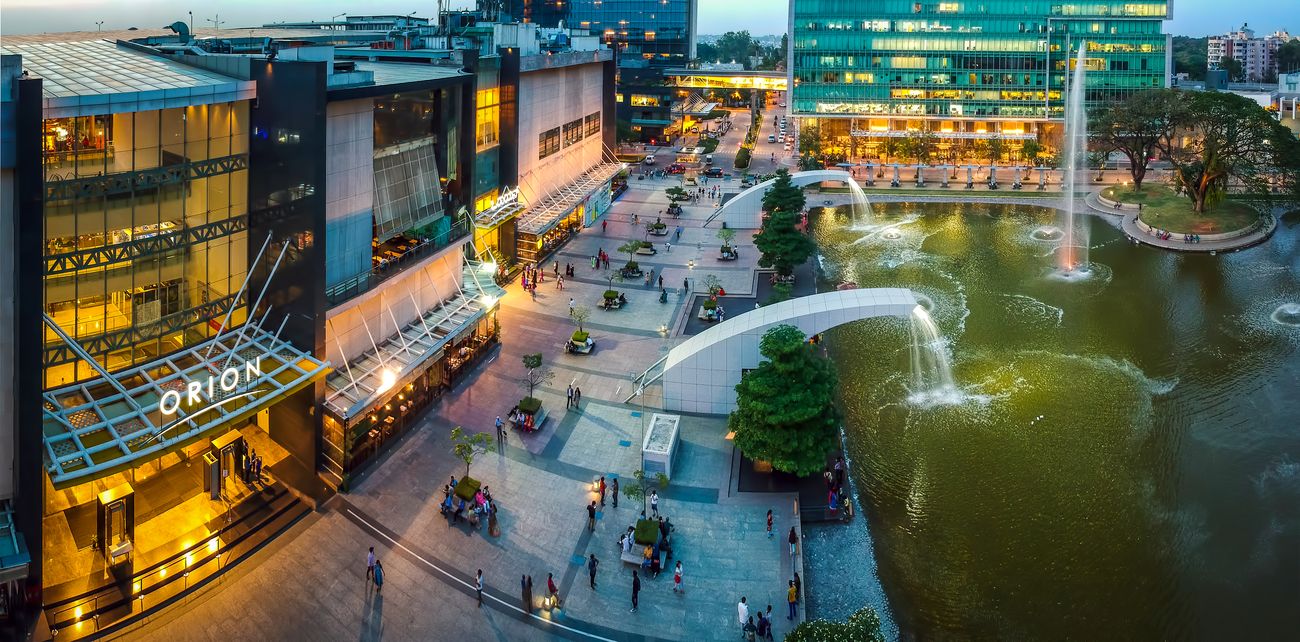
A grand aerial panoramic view of the Orion Mall which is a world-class mall in every facet. It has set high standards across construction, architecture, consumer experience and marketing in Bangalore © Amith Nag
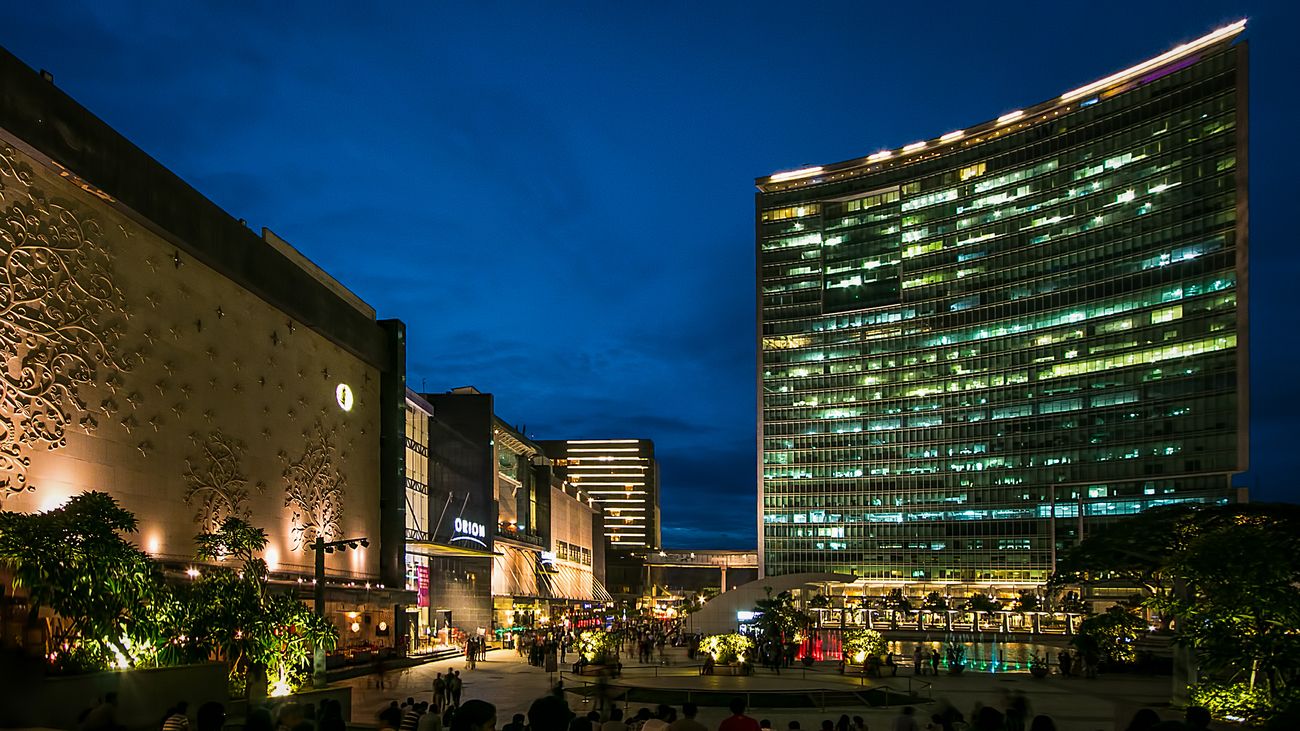
A majestic panoramic view of Orion Mall, World Trade Center and the Brigade Gateway complex which are built adjacent to each other in the city of Bangalore © Amith Nag
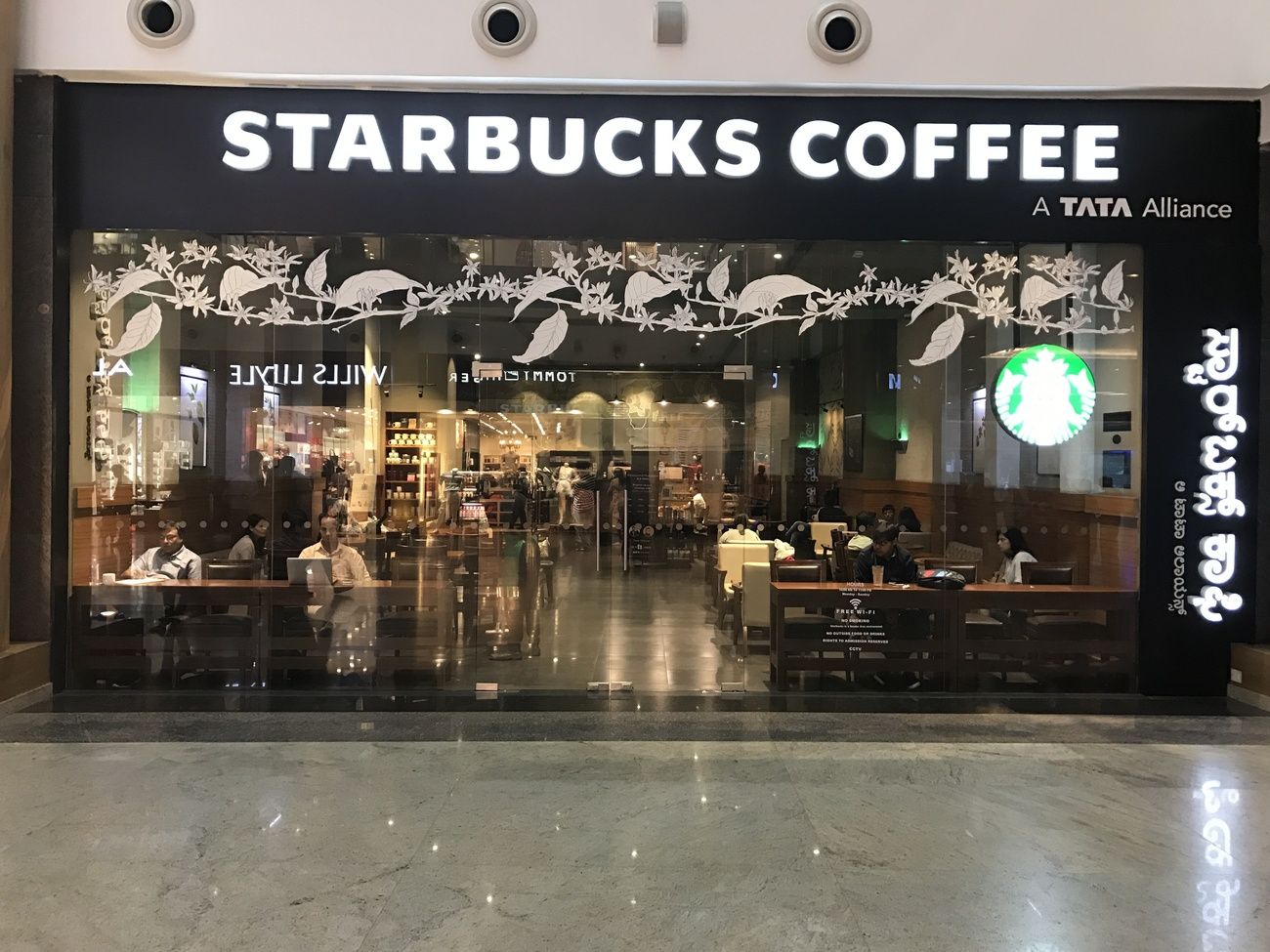
A well-known retail store captured at Orion mall in Bengaluru. It is a beautiful and huge mall with International brand stores and a food court surrounded by fountains, a lake, and an iconic World trade Centre building © singh_lens

A gigantic view of the inside of the dome of the Butterfly Park at Bannerghatta. It is a feast for the eyes as well as the brain and a circular 10,000 square foot enclosure, a first of its kind in Bangalore © AjayTvm
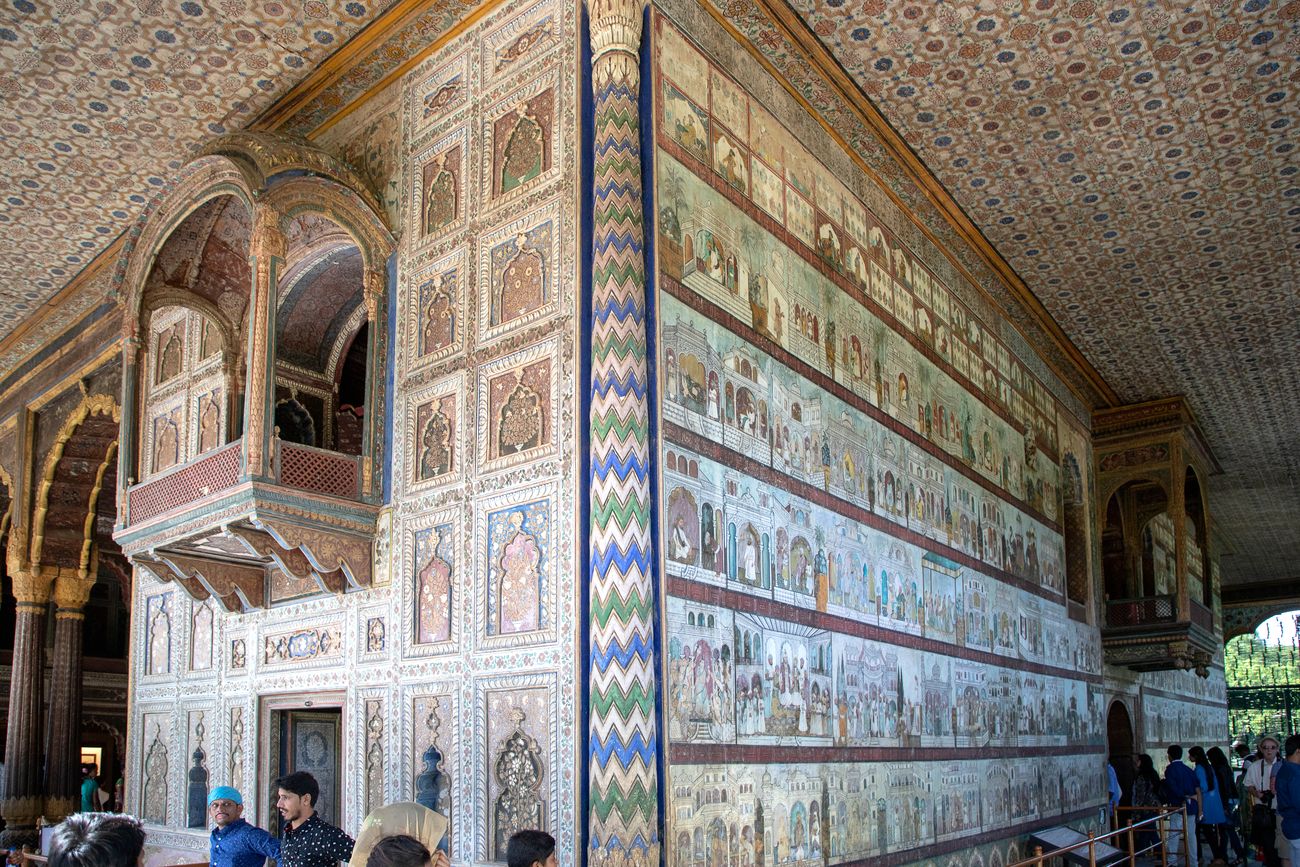
Daria Daulat, was the summer residence of the brave and renowned ruler of Mysore, Tipu Sultan. Apart from royal court proceeding’s paintings, Tipu’s Palace has fluted pillars and cusped arches with beautiful carvings © Kev Gregory
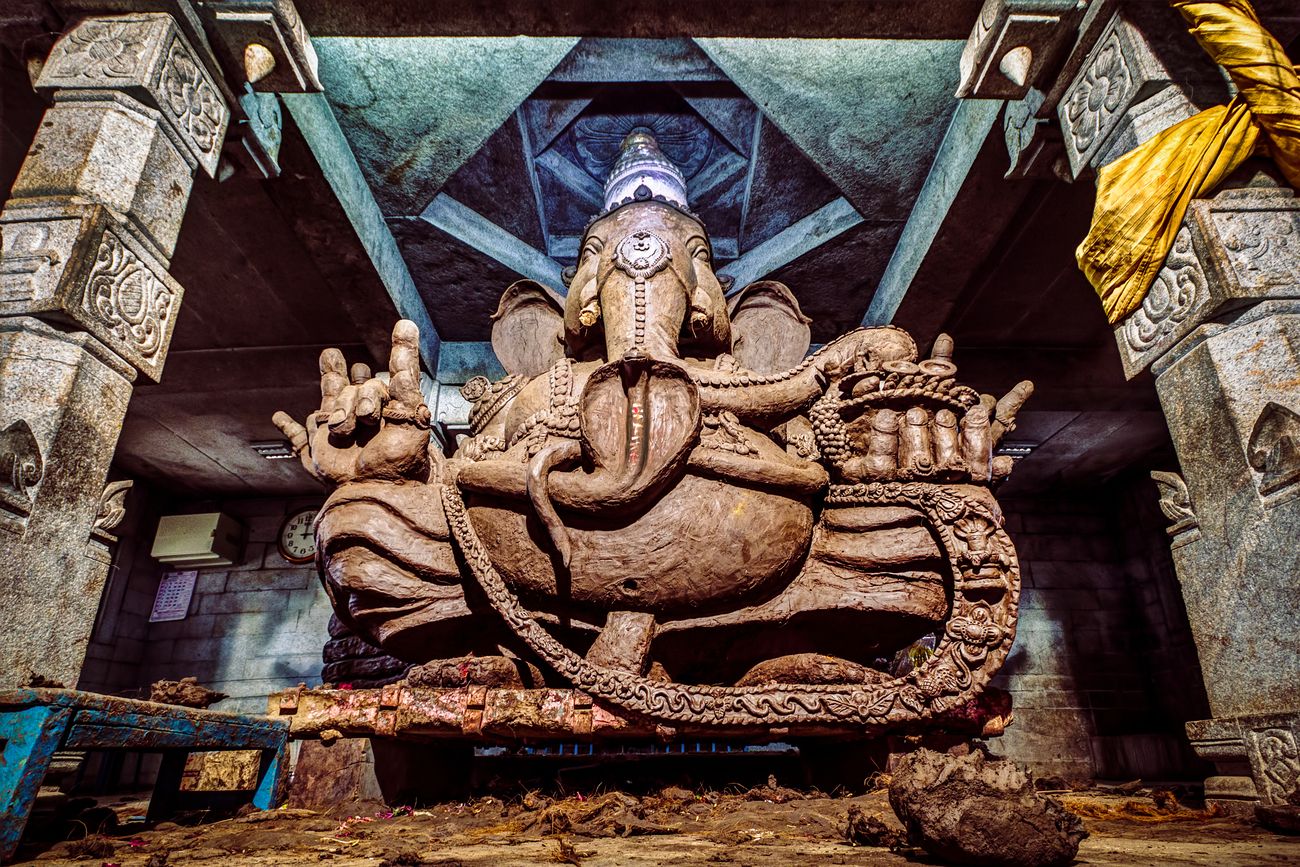
A twelve-foot gigantic hand-made clay idol of the Hindu God, Ganesha situated at a temple near Bangalore © Amith Nag
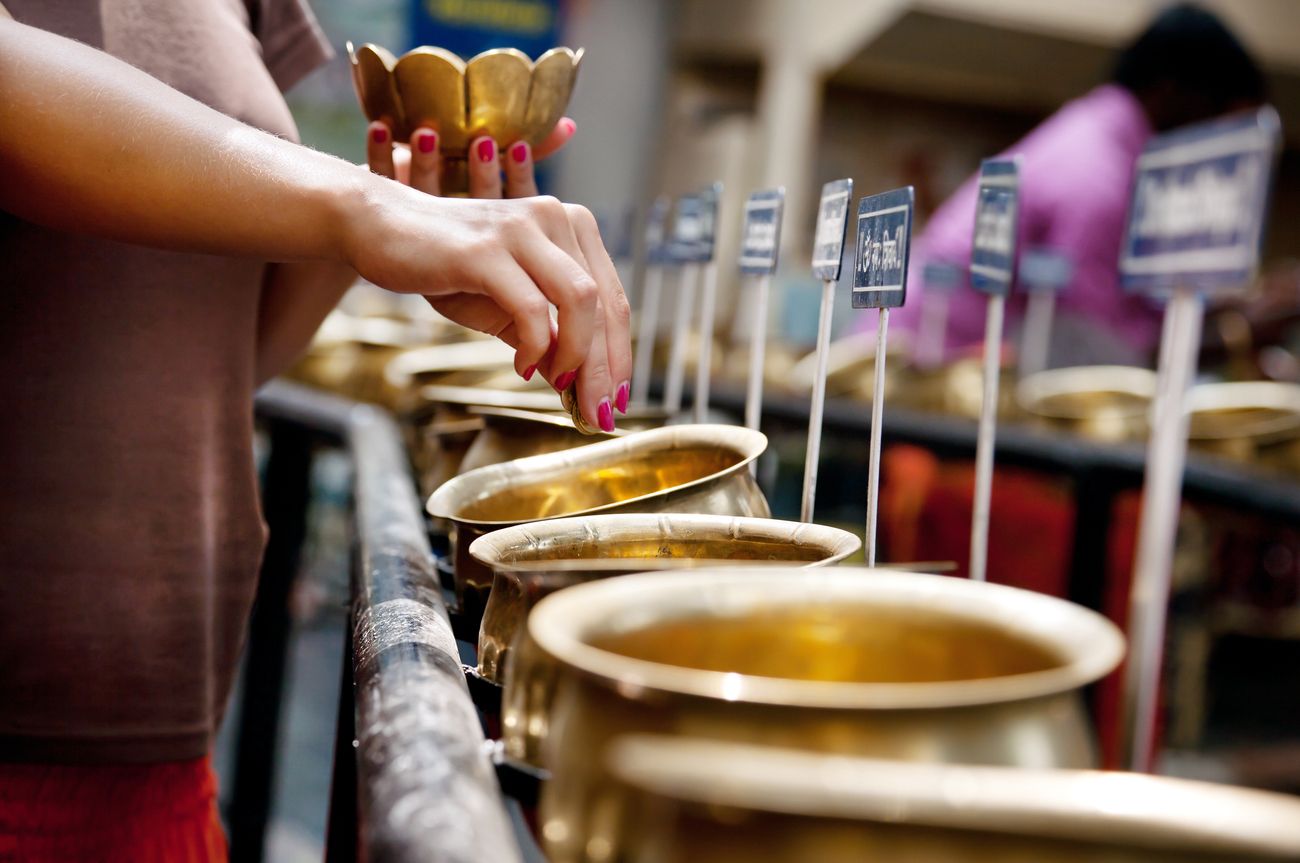
A woman with a bowl of 108 coins doing the ritual of worshiping Lord Shiva with the mantra Om Namah Shivaya at the Shiva temple © Pikoso.kz
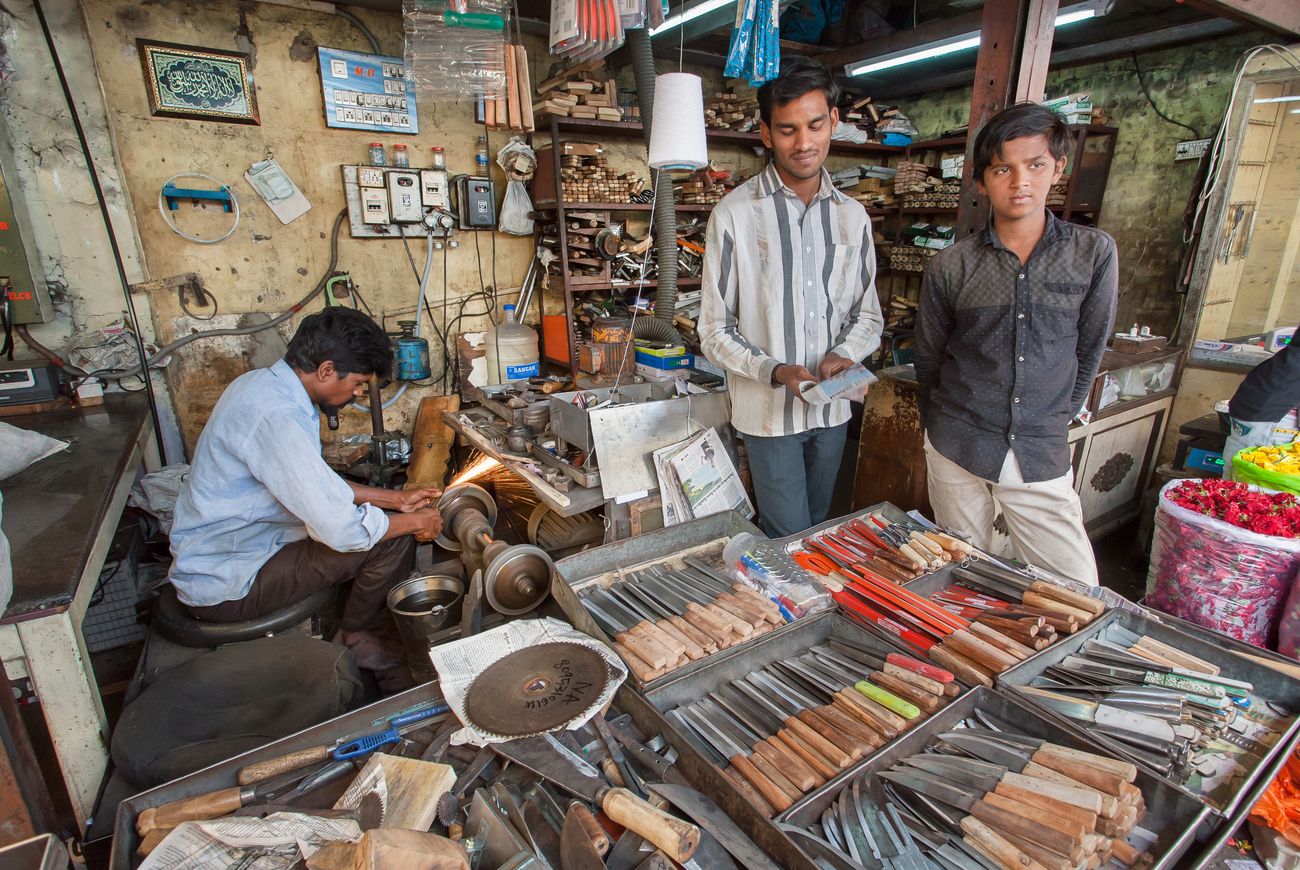
Workers of the turning shop and knife store waiting for the customers on Market Street. The Silicon Valley of India, Bangalore is the third most populous Indian city with a population of 8.52 million © Radiokafka

Three Muslim craftsmen do embroidery work on pieces of clothes in the traditional and beautiful method of India © PI

Shivagange is a mountain peak which is a famous trekking spot, with a height of 2640 feet. On the way, there are old ancient Lord shiva temples and is located near Dabaspet © Naveen KG

Superhit veteran actor Dr. Raj Kumar’s movie posters in a frame put up at his burial land for a memory © Manju Mandavya
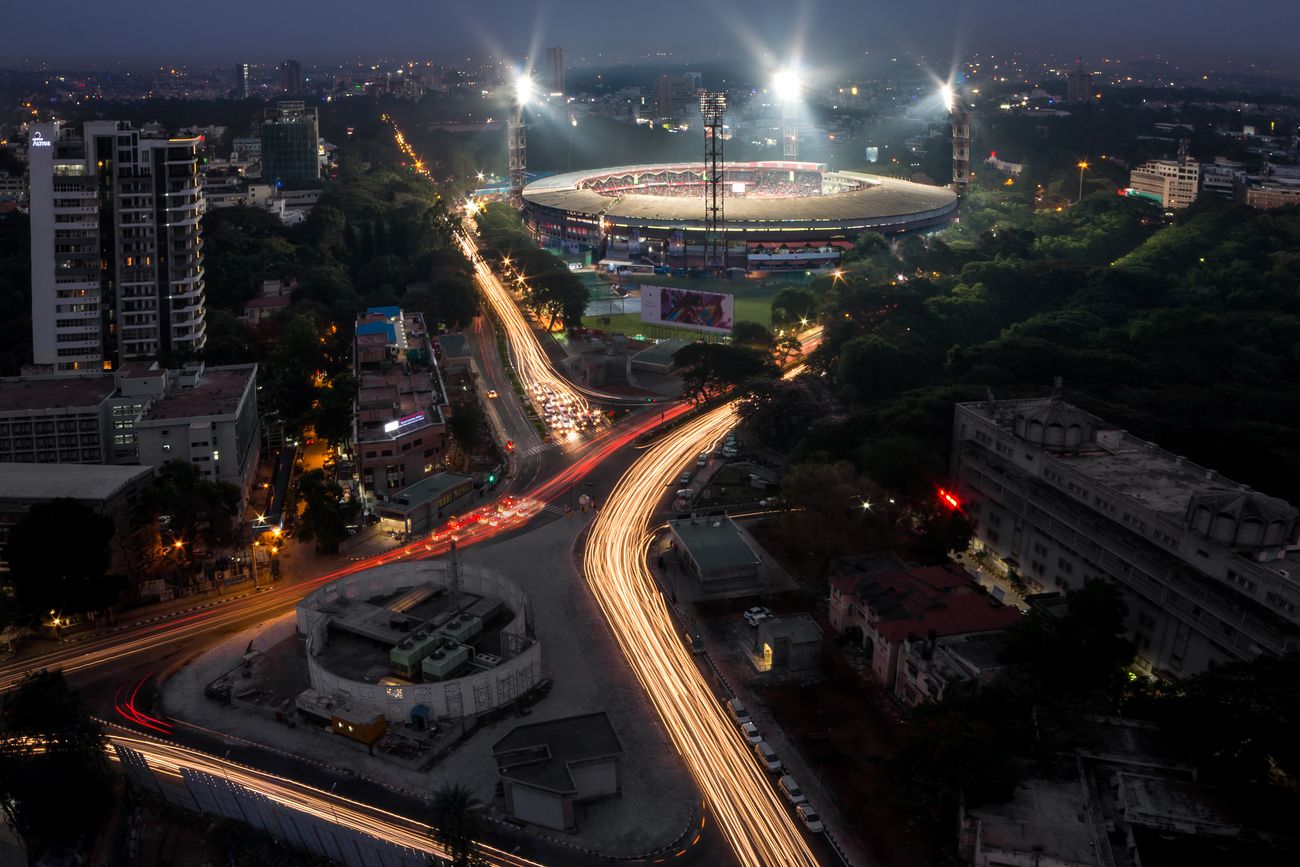
Stunning traffic light trails at night around Chinnaswamy Cricket Stadium, lighting it with glory at Bangalore © Amith Nag

An aerial panoramic view offers a grand sight of Majestic City Bus-stand, Kempegowda Metro Station, KSRTC Bus-stand and City Railway Station at the time of sunset © Amith Nag

A majestic aerial view of a grand flyover amidst the tall buildings situated in Bangalore © Soul and Fuel
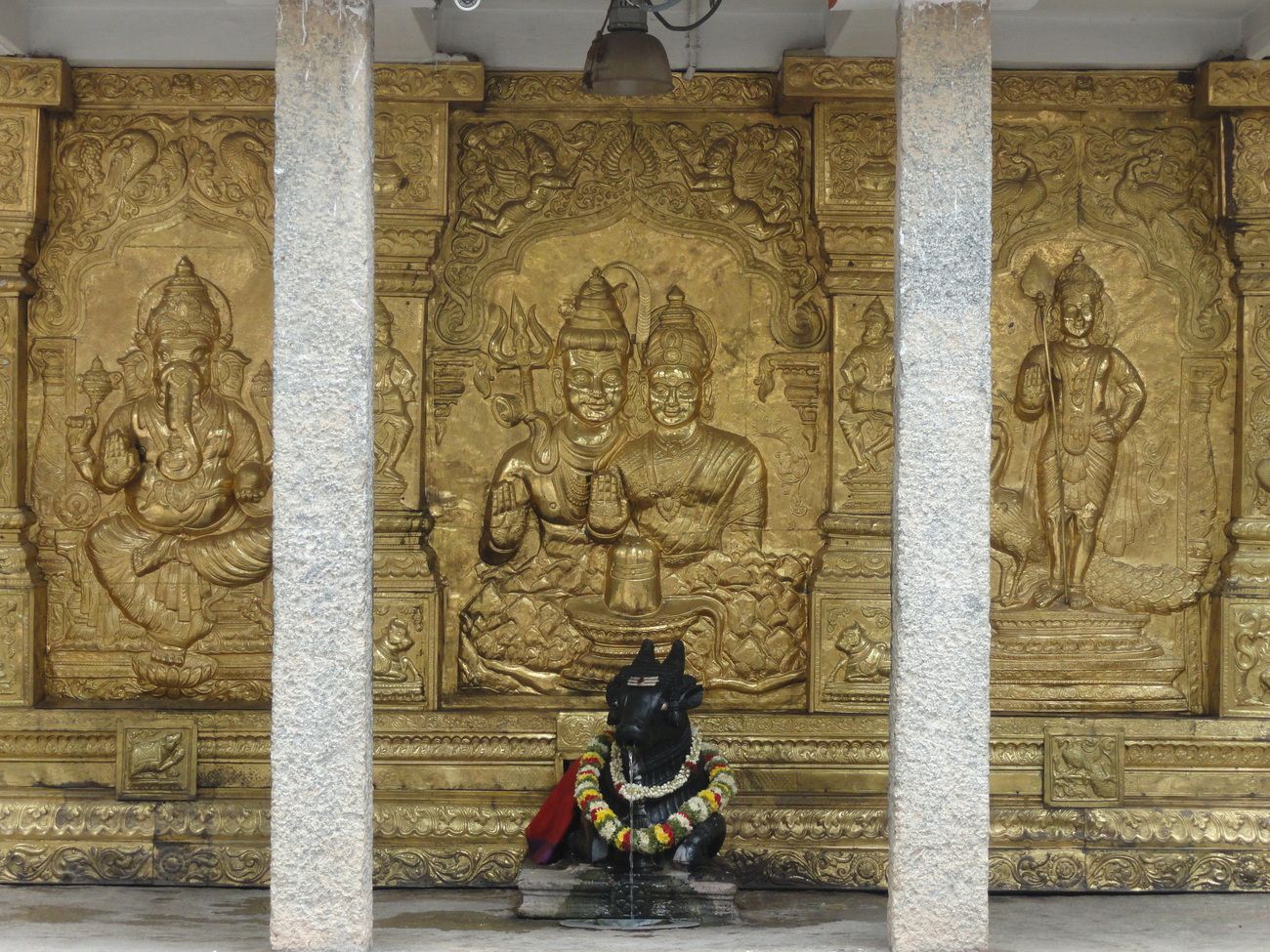
Sri Dakshinamukha Nandi Tirtha Kalyani Kshetra, Bengaluru. The amazing thing about the temple is that theertha (water) from the Nandi God’s mouth is a wonder because it has been coming for more than a hundred years © Shivram
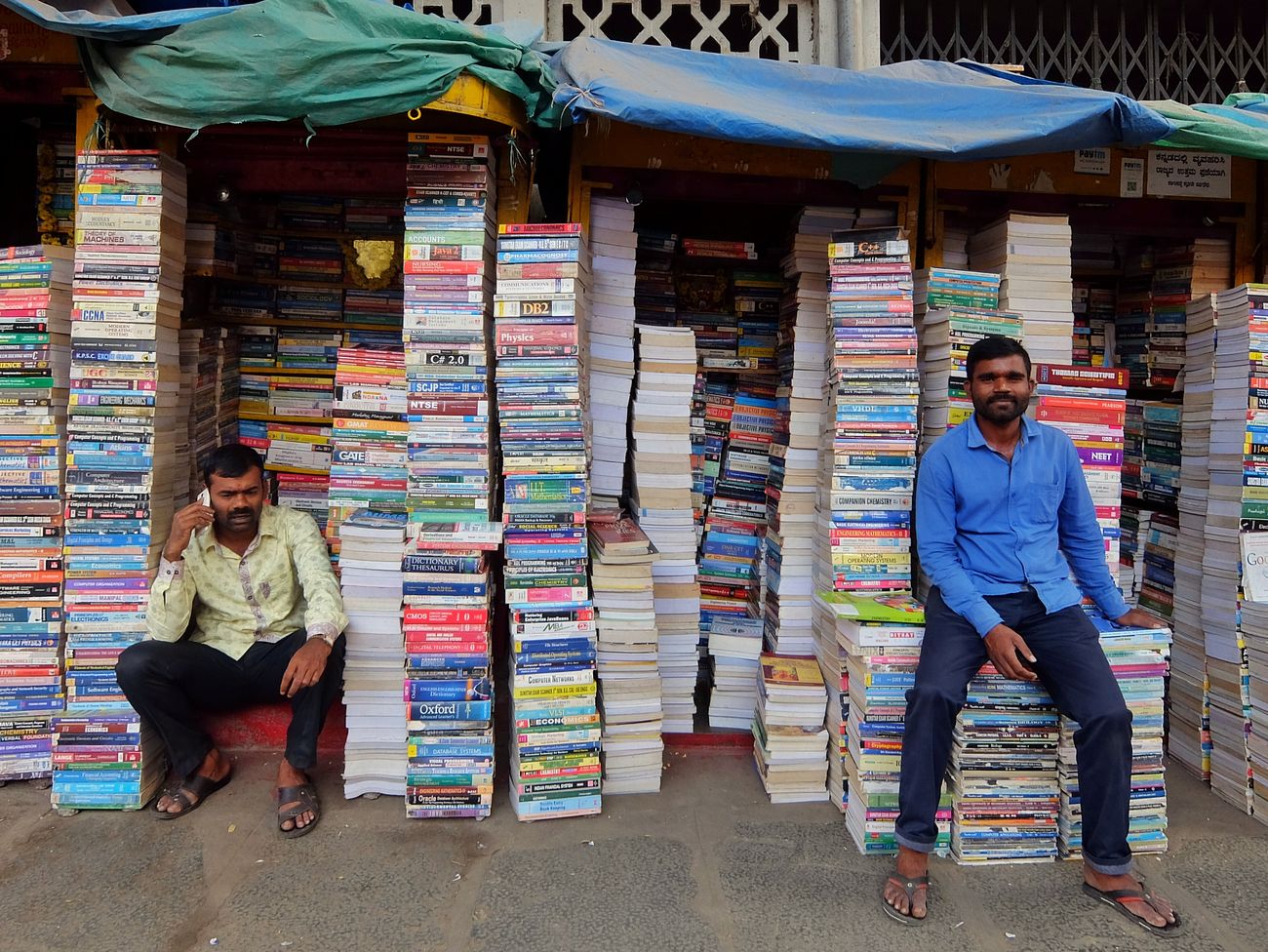
Second-hand books for sale in bulk at the street side bookstores © Denis.Vostrikov
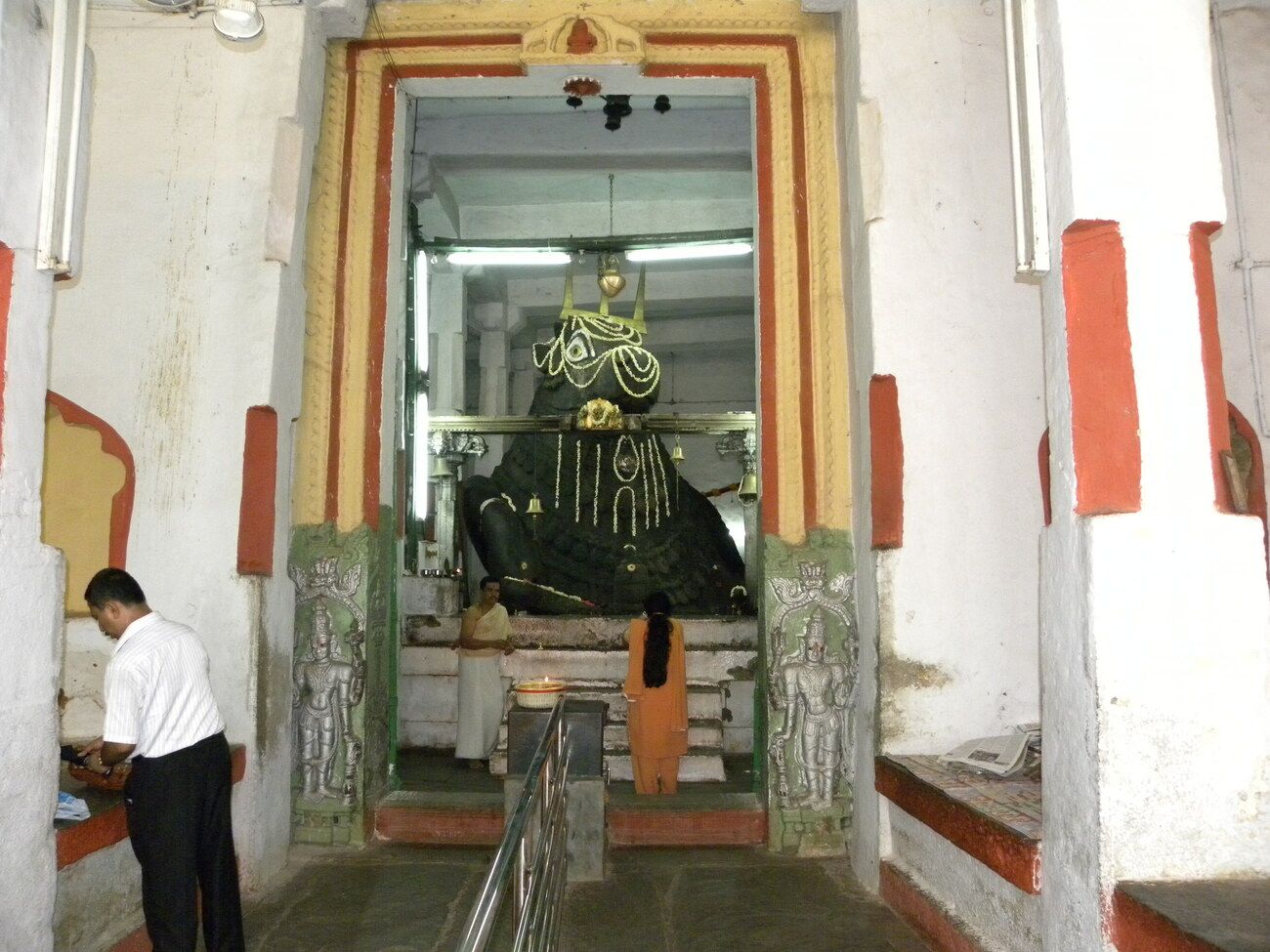
One of the most ancient and authentic temples in Bengaluru is the Bull Temple, also known as the Nandi Temple. It is popularly called as ‘Dodda Basavana Gudi’ by the locals and is the biggest temple dedicated to Nandi in the world © ManeeshUpadhyay
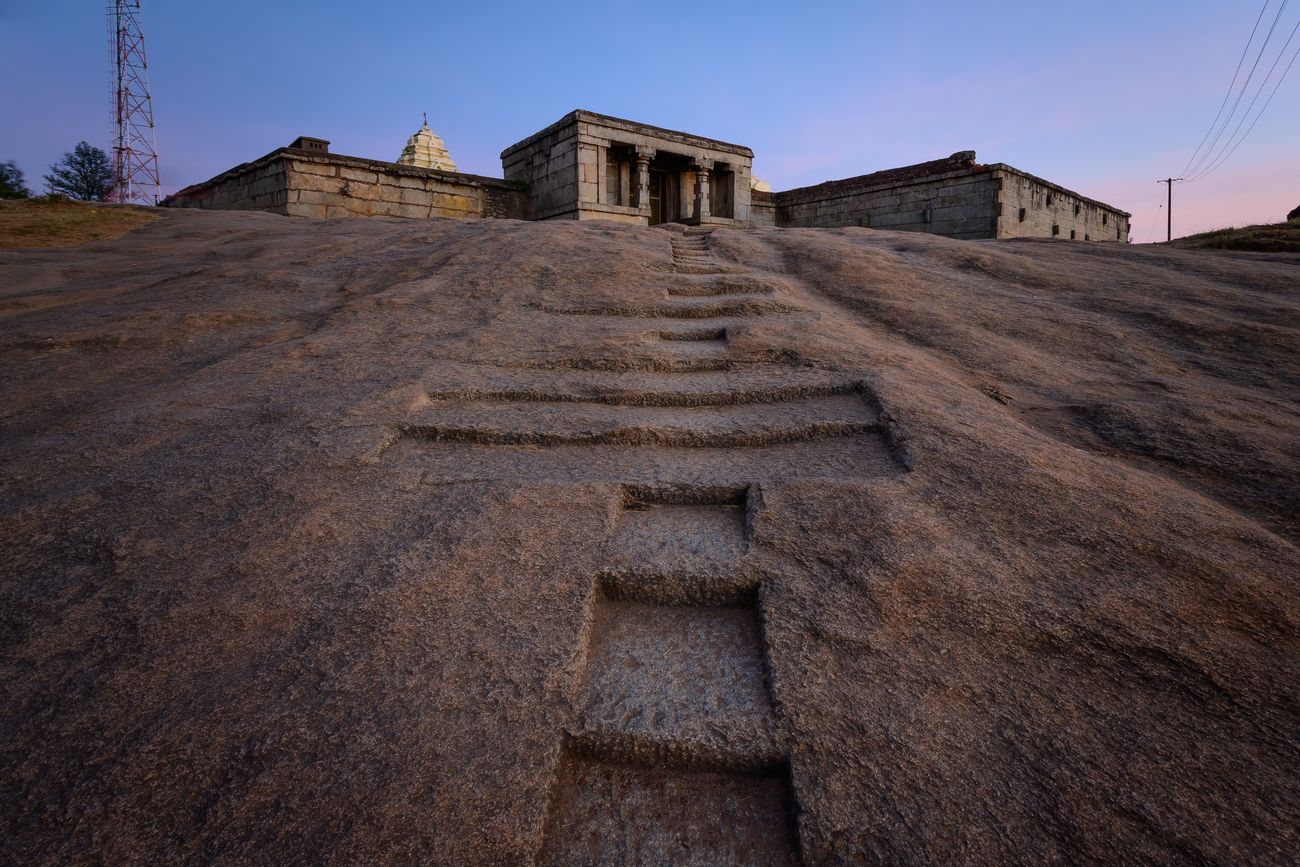
Nandishwara temple is a beautiful temple complex dedicated to Lord Shiva at Nandi Hills. Located about 60 km from Bangalore, this temple is an Archaeological Survey of India (ASI)-protected monument © PREJU SURESH
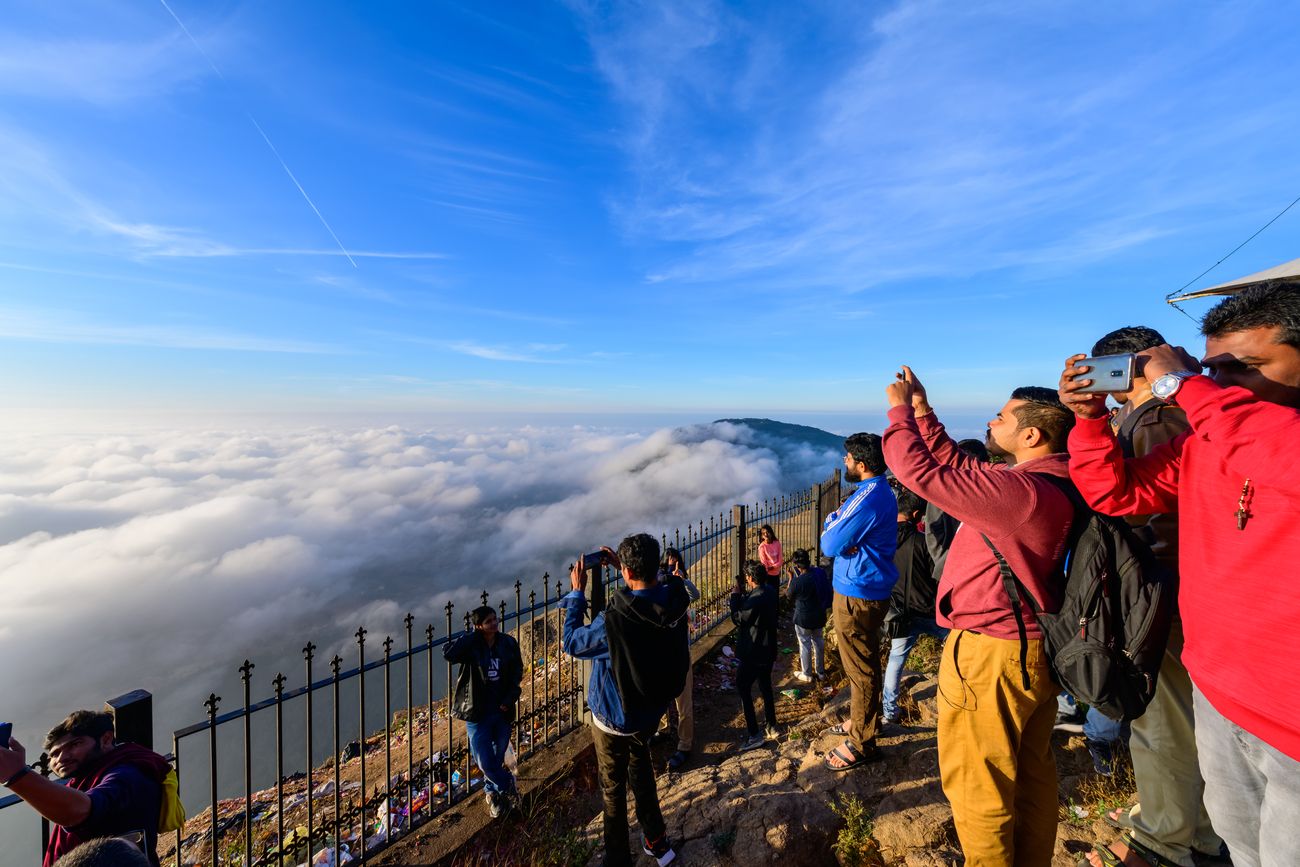
Popular with adventure enthusiasts now, Nandi Hills is the nearest hill station to Bengaluru and was used by Tipu Sultan and the British for short breaks © PREJU SURESH
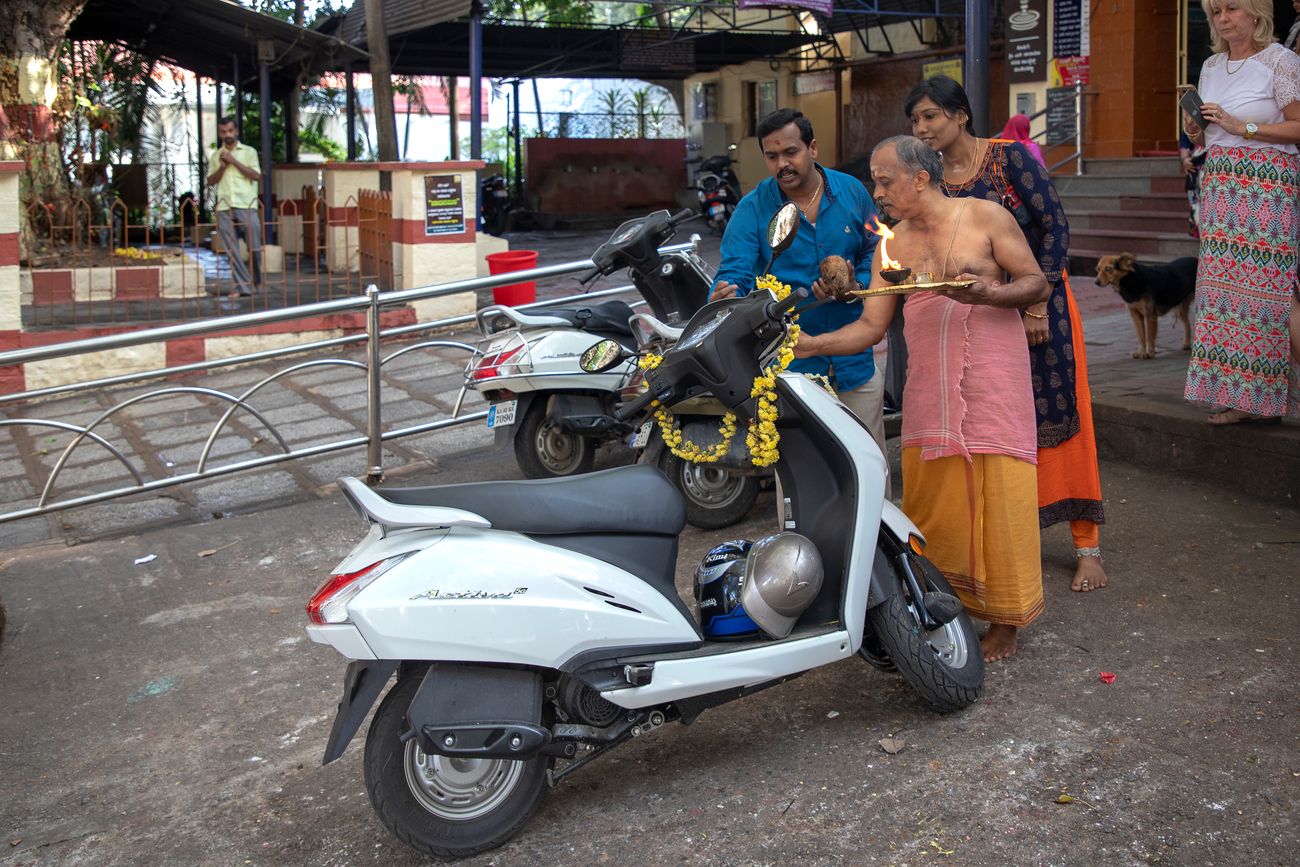
A beautiful capture in which a married couple get a priest to bless their new moped at the Bull Temple in Bangalore © Kev Gregory

A very beautiful Mandaragiri Jain Temple situated in the Mandaragiri Hills, Basadi Betta (Tumkur, Bangalore) which provides a good flavor of Jainism © Kakudmi
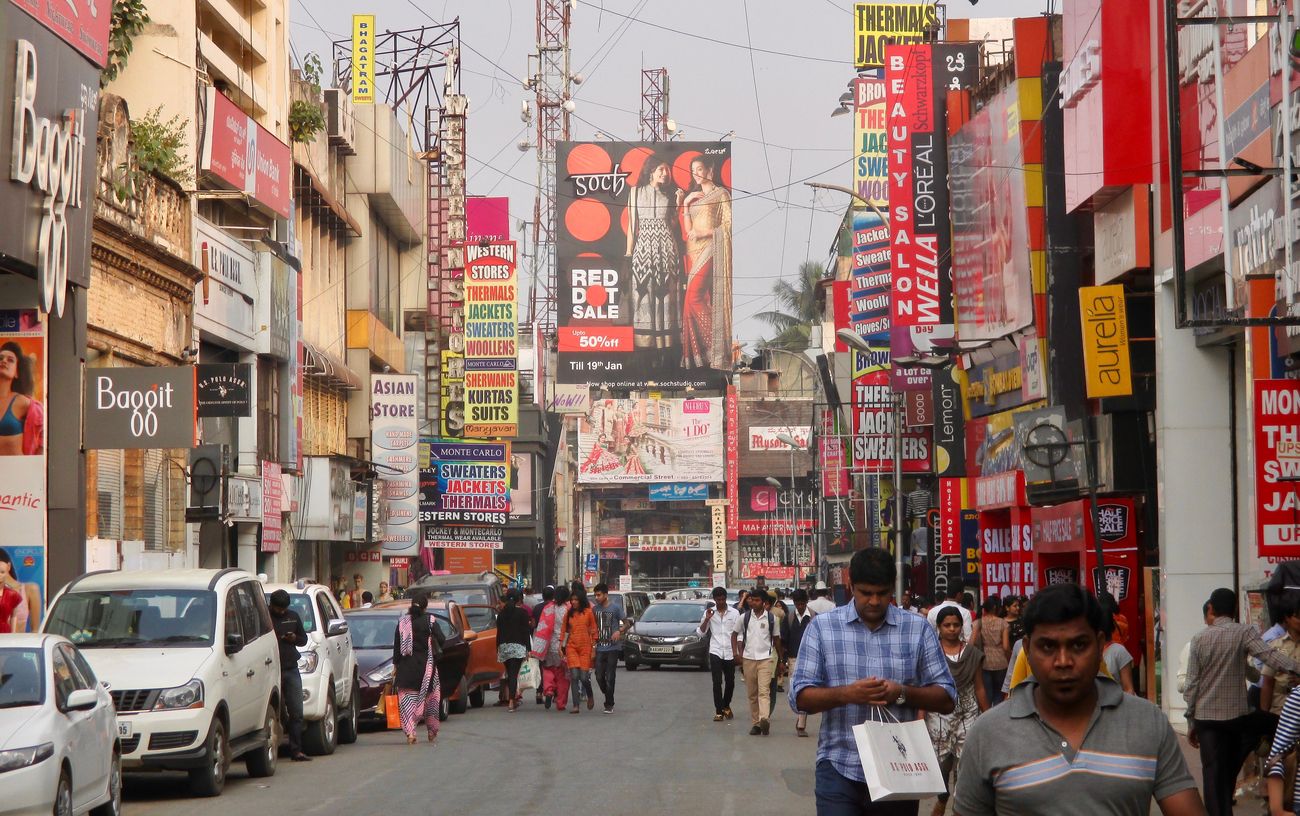
Malls may be the new focus of consumerism, but traditional shopping areas such as Brigade Road continue to attract hordes © Jean-Yves Barralis

Kids joyfully running and playing in front of a shack shop that sells condiments in the city © Kaarthikeyan.SM

Intricate carvings of sacred religious Hindu symbols imprinted on the wooden door captured on the streets of Bangalore © SurabhiArtss
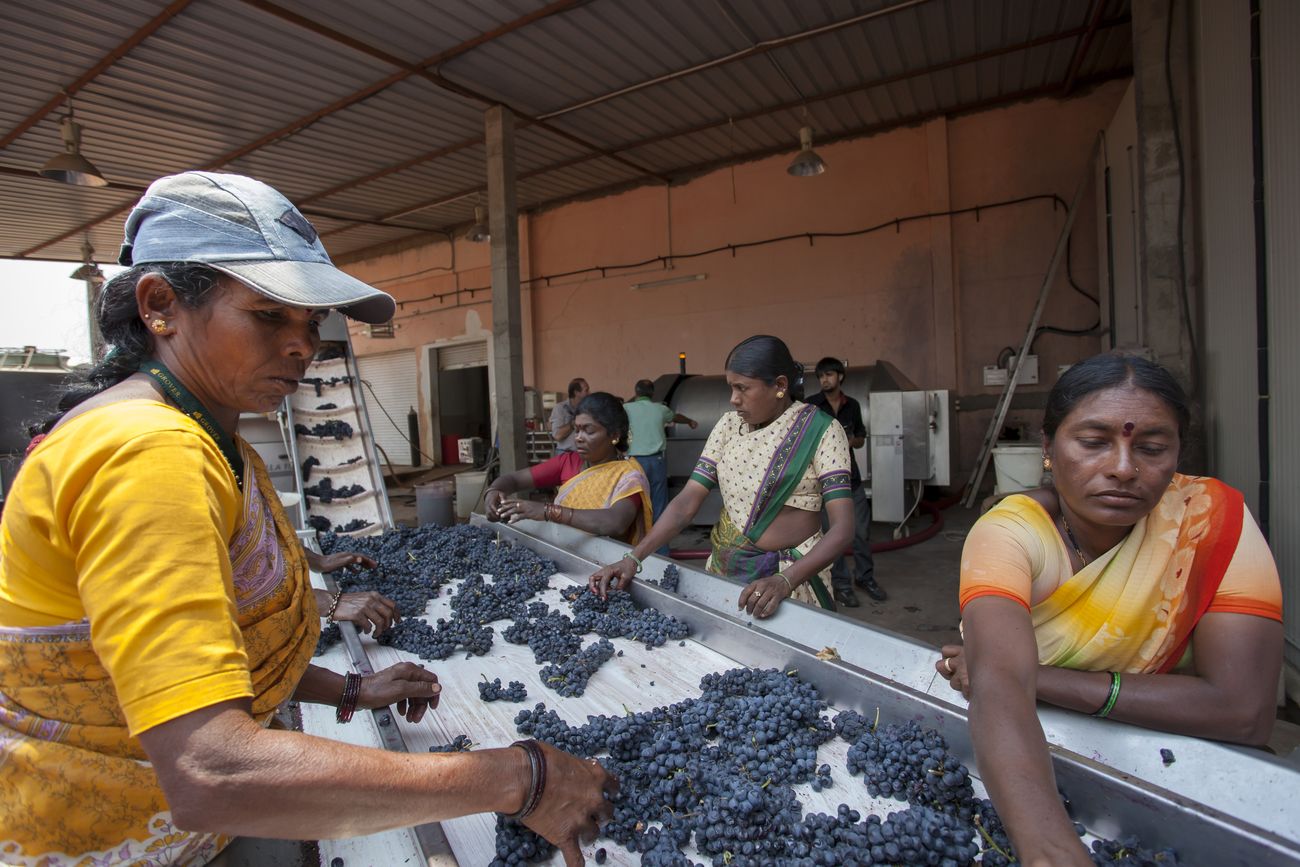
Indian women executed the process of making Wine with red grapes © Manubahuguna
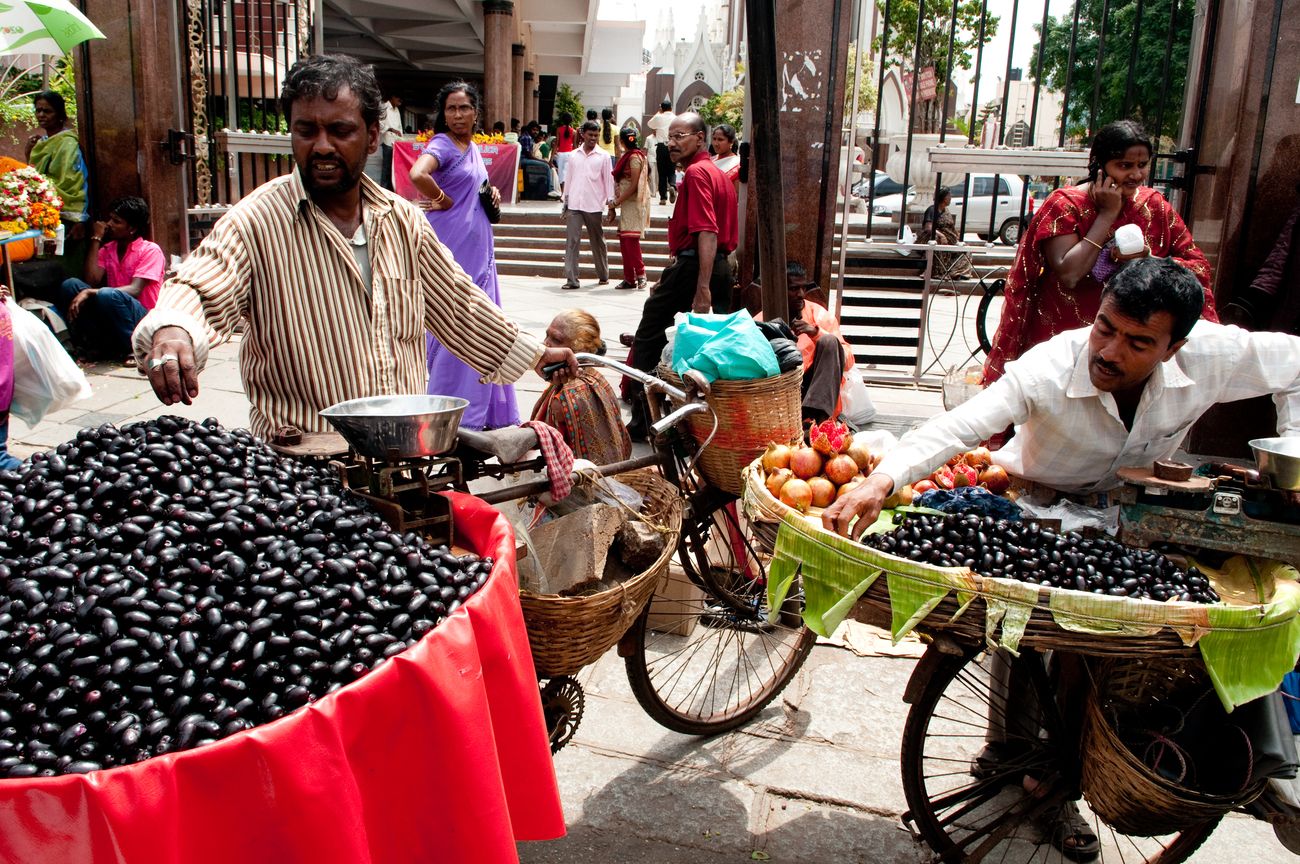
Fruit vendors selling fruits loaded on their bicycles on an unnamed street in Bangalore. Approximately, 42% of India falls below the international poverty line of $1.25 a day © Brandon Bourdages
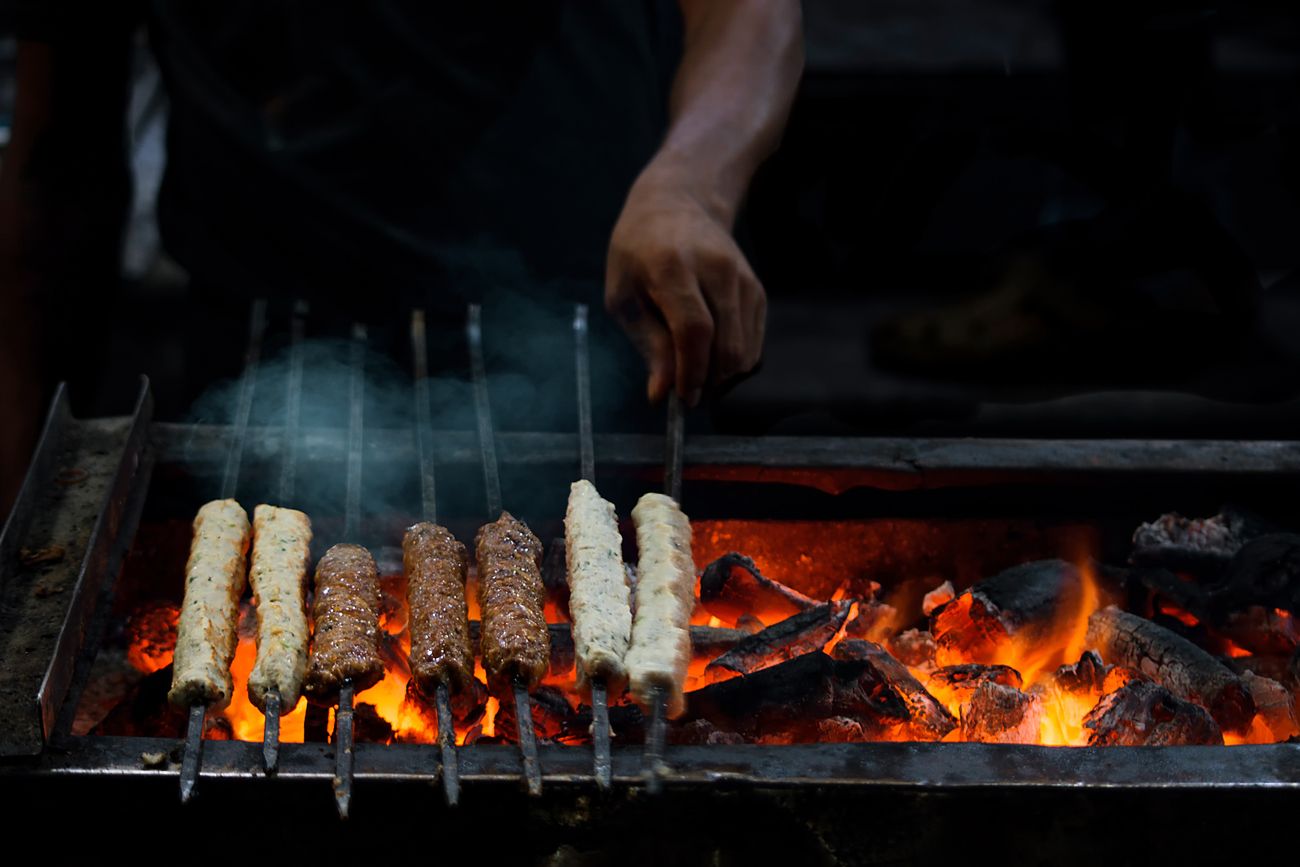
Fiery Seekh Kebabs which are Ramzan delicacies served in mosque road during Ramzan Food Mela at Frazer town in Bangalore © Situ Gupta
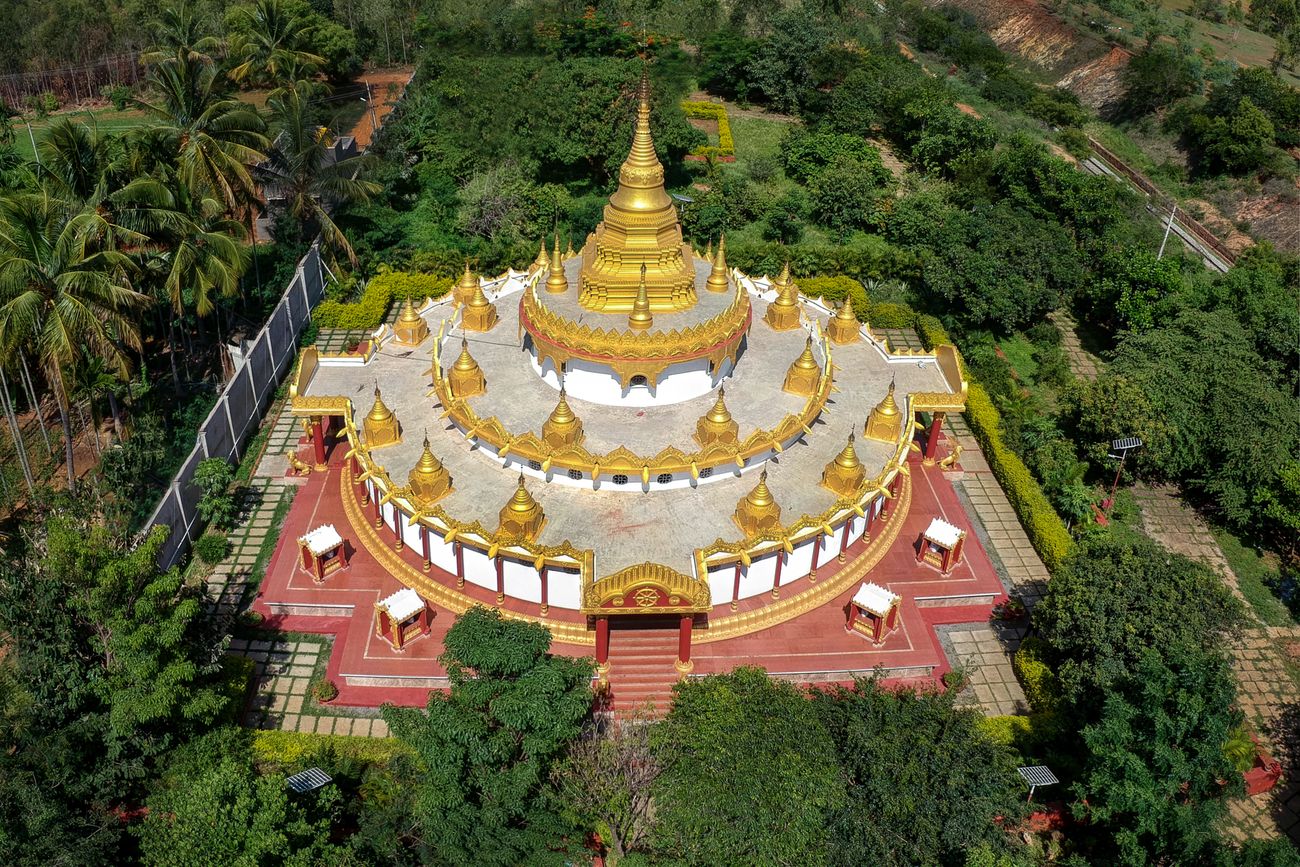
A beautiful aerial drone picture of the Bodhi Rasmi Pagoda, inside the Mahabodhi Dhammaduta Vihara Buddhist monastery situated in Bangalore, Karnataka © Amith Nag

A beautiful sight of HAL Heritage Centre and Aerospace. It is the first of its kind in India established in 2001 and is situated at the intersection of HAL Old Airport Road & Basavanagar Road, Bangalore © Shailen photography

An enormous theater in Bangalore with a number of motorbikes parked in line queued to see a Kannada film © Nopkamon Tanayakorn
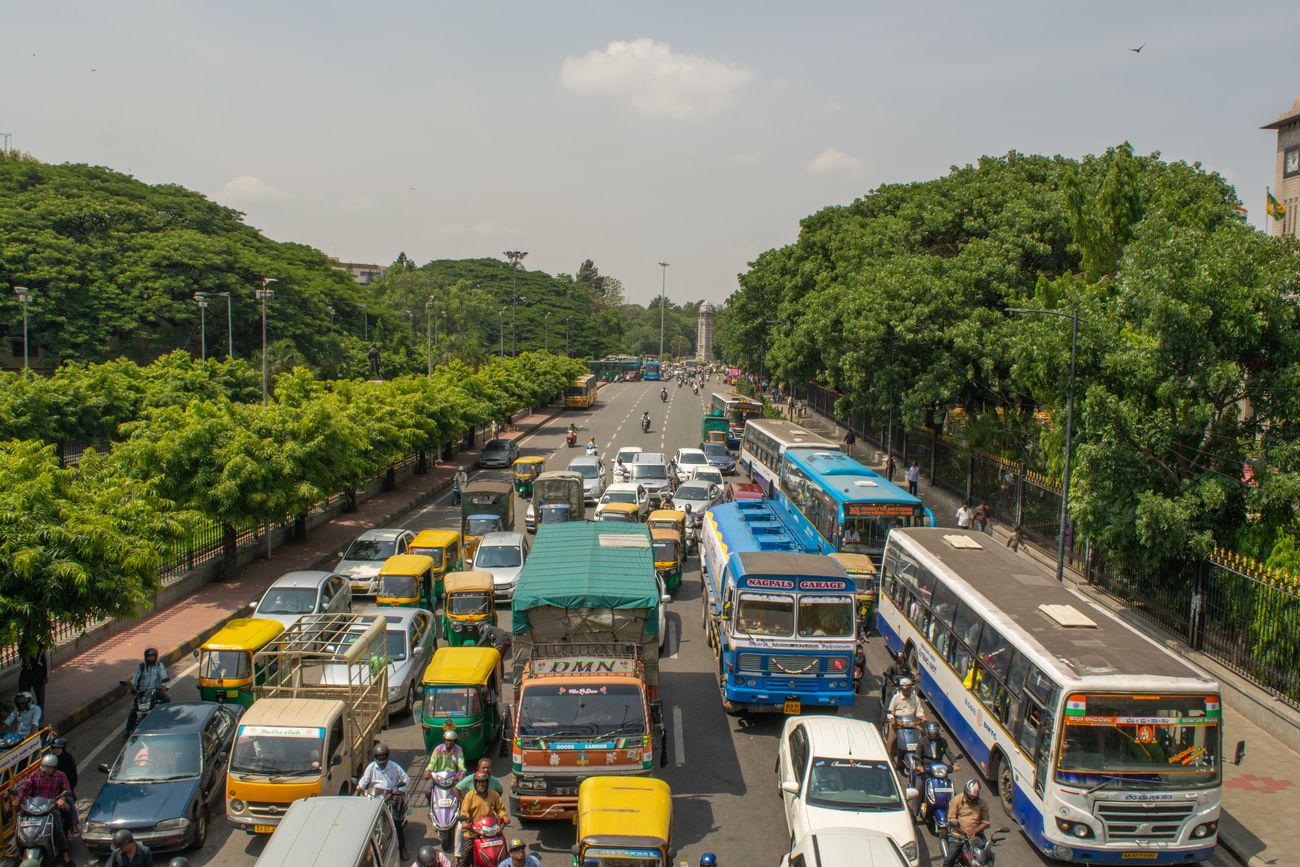
Aerial View of a five-pathway highway road with vehicles waiting in the traffic jam near BBMP Bengaluru Office, Karnataka © lakshmiprasada S

A mesmerizing view of Sir Puttanna Chetty Town Hall covered under the clouds in Bangalore. It is a grand stone structure that has been able to hold on to its identity even in today’s age of skyscrapers and modern buildings. © Sagittarius Pro

A Sukhoi Su-30 fighter jet of the Indian Air Force flying at Aero India 2019. Aero India is a biennial air show and aviation exhibition held in Bangalore in every two years © Joe Ravi

A beautiful aerial view of the old Ramanjaneya Hindu Temple at Hanumanthanagar, Bangalore. This Temple is located atop Ramanjaneya Hill adjacent to KH Kalasoudha and Hanumanthanagar Park, surrounded with lush green trees all around © Amith Nag

A street shop of a banana seller where a customer bargains at the farmer’s fruit market in the city. The Silicon Valley of India, Bangalore is the third most populous Indian city with a population of 8.52 million © Radiokafka
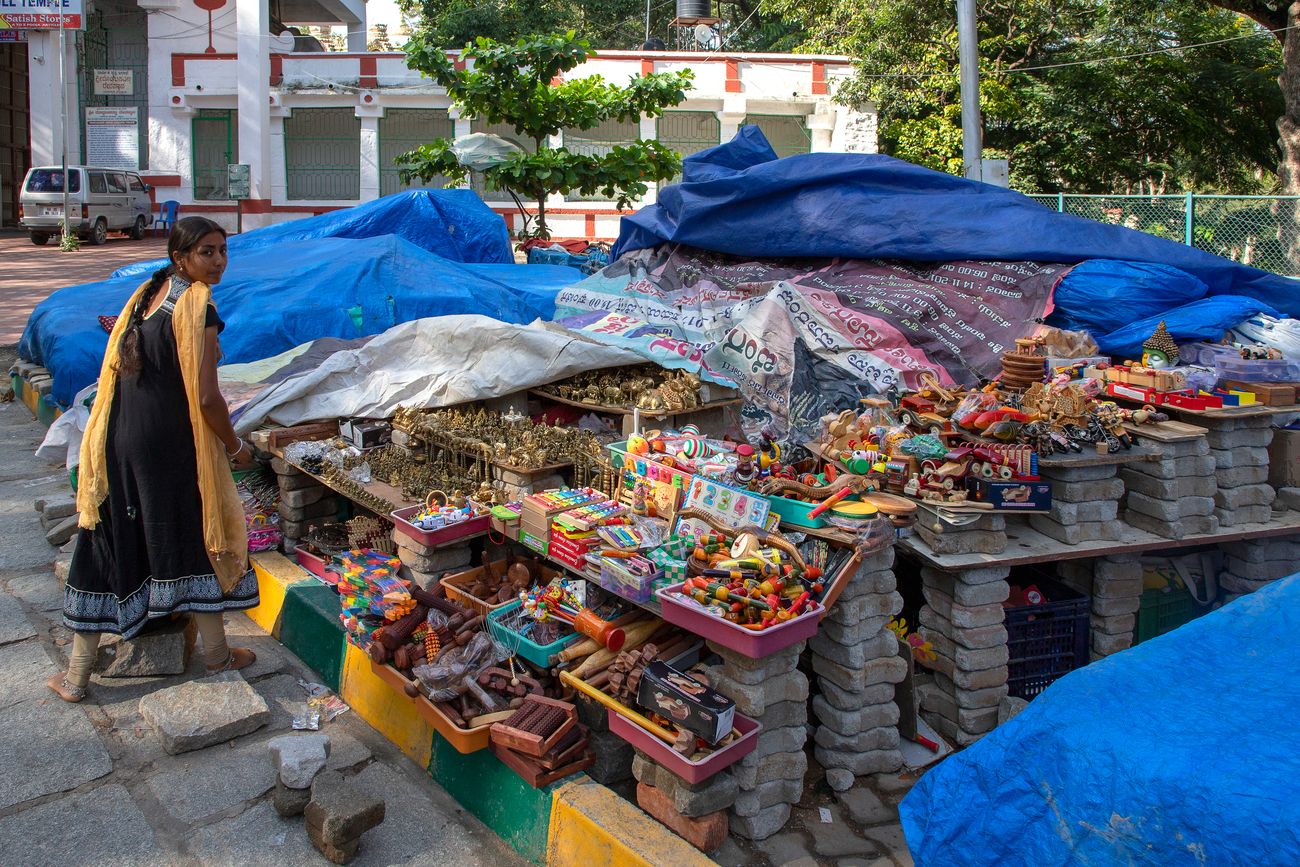
A souvenir seller at the Nandi Temple, Dodda Basavana Gudi, situated within Bugle Rock Park, in Bangalore © Kev Gregory
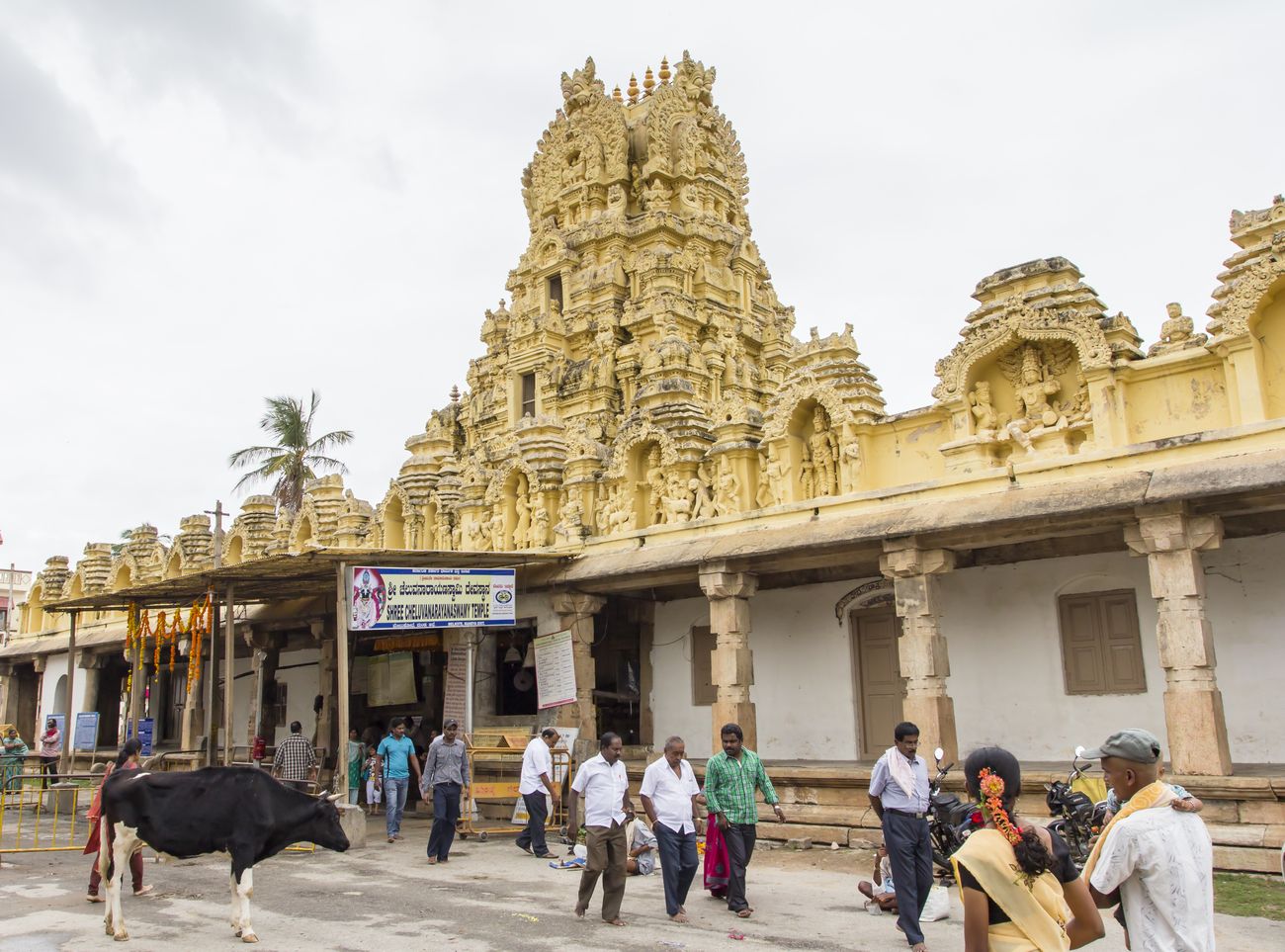
A number of worshippers outside the Cheluvanarayana Swamy temple at Melkote in the state of Karnataka. It is a beautiful temple with magnificently carved pillars and is said to be more than 1,000 years old © VasukiRao

A number of traders of green vegetables lined up and waited for customers at the farmer’s market. The Silicon Valley of India, Bangalore is the third most populous Indian city with a population of 8.52 million © Radiokafka

A Muslim man showing peeled off sheep skin holding with his hands in his little tannery shop where they convert skins of animals into leather © Denis.Vostrikov

A majestic view of the State Central Library, known as Seshadri Iyer Memorial Hall which has a striking red building with a unique round room © shailen photography
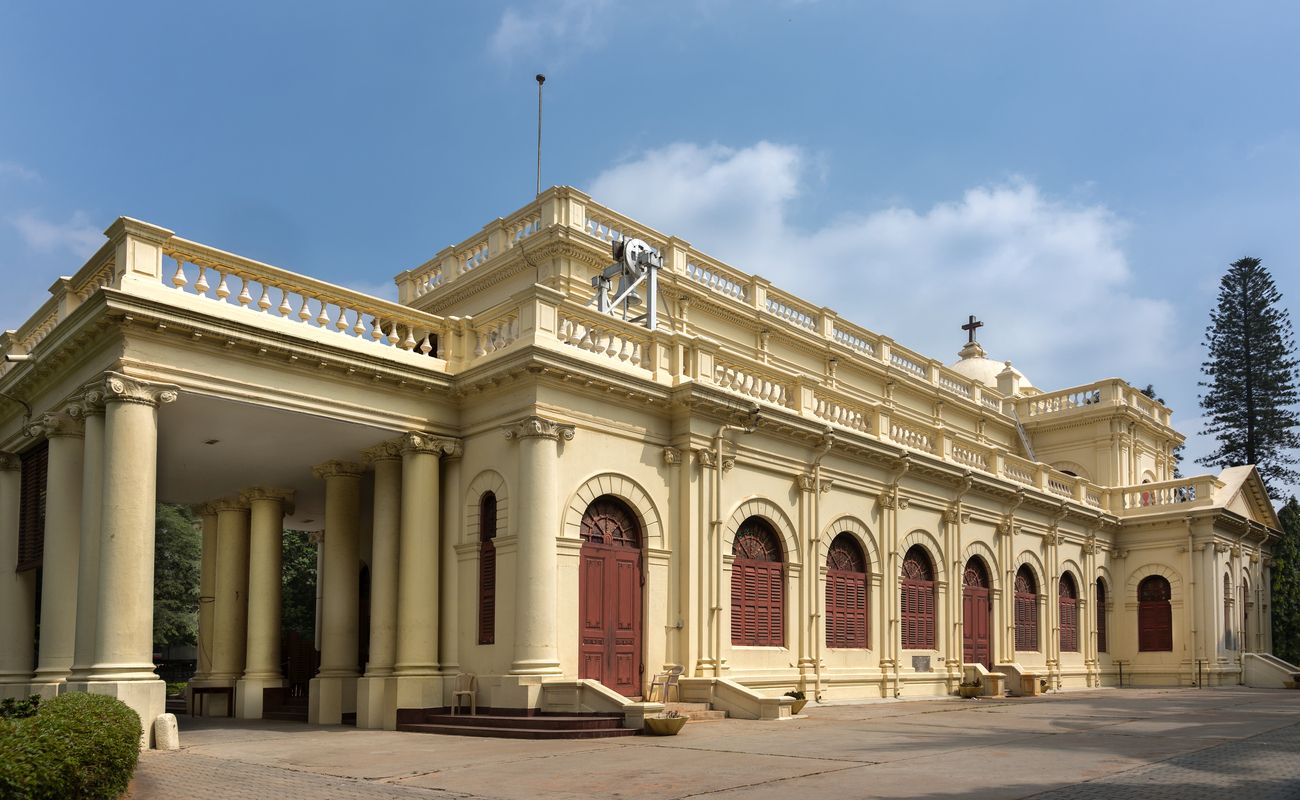
A majestic view of Anglican Saint Mark’s Cathedral which is known to be wonderful in terms of old European architecture and for all the large trees surrounding it in Bengaluru © Claudine Van Massenhove
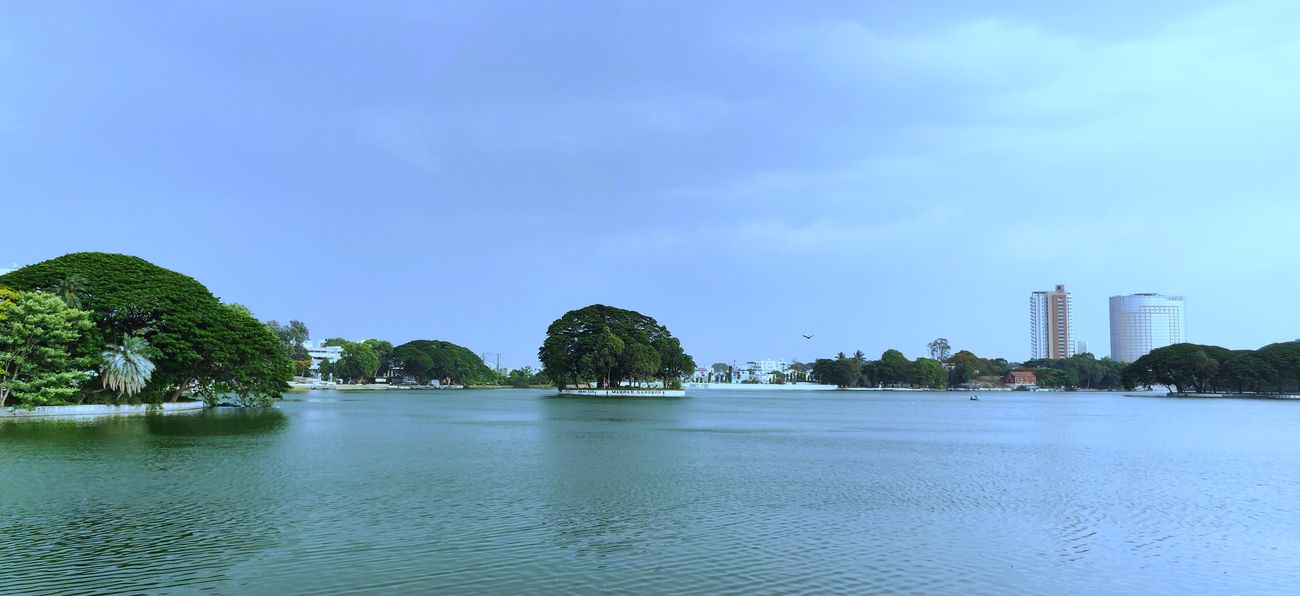
A magnanimous sight of Ulsoor lake which is one of the biggest in the city and is closely located to MG road and is spread over an area of 50 hectares in Bangalore © Shweta Onlinetester

A luscious colorful flower market with a huge number of flower garlands stall sellers on the streets of Bangalore © vijay kumar H
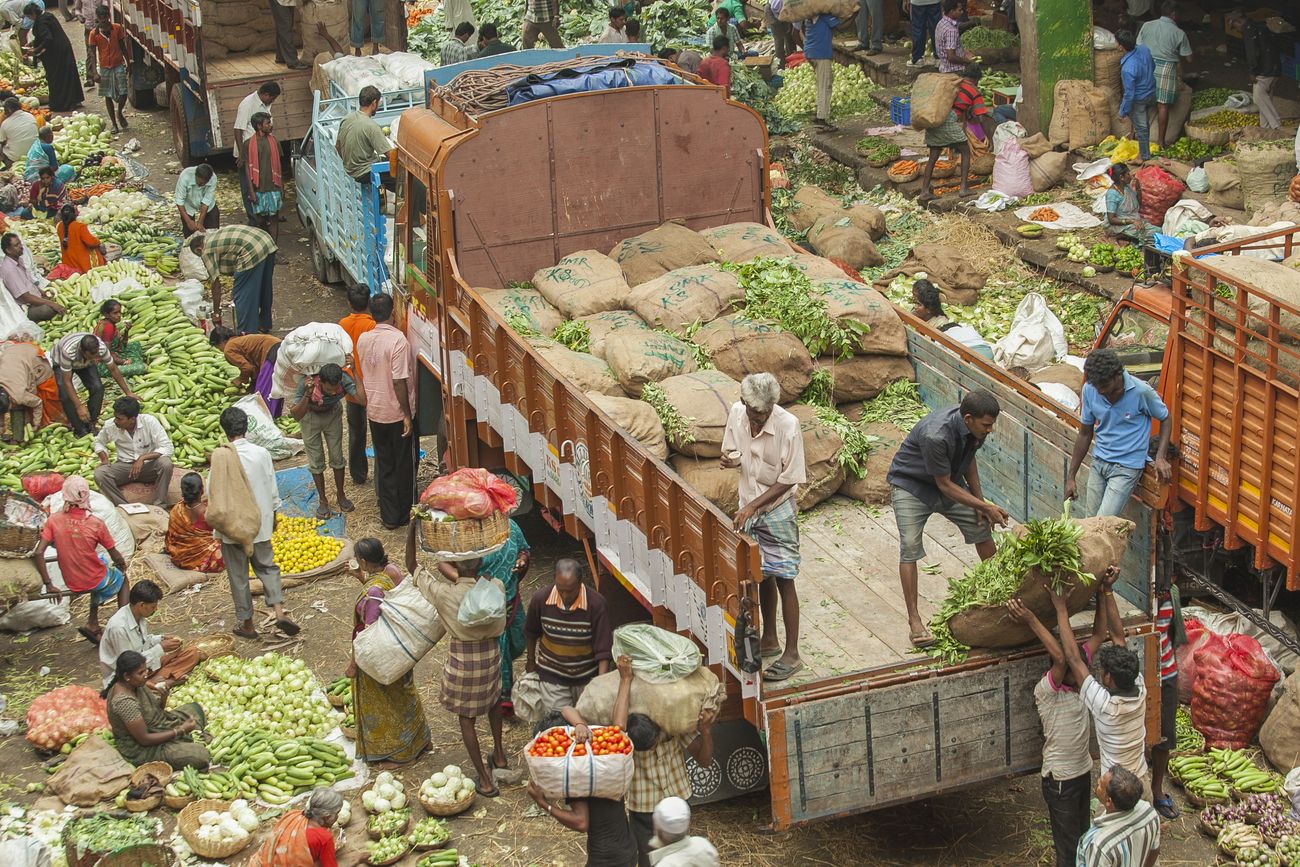
A huge number of laborers empty out sacks from a truck carrying produce, while vendors sell vegetables down below on the street of Bangalore © PI
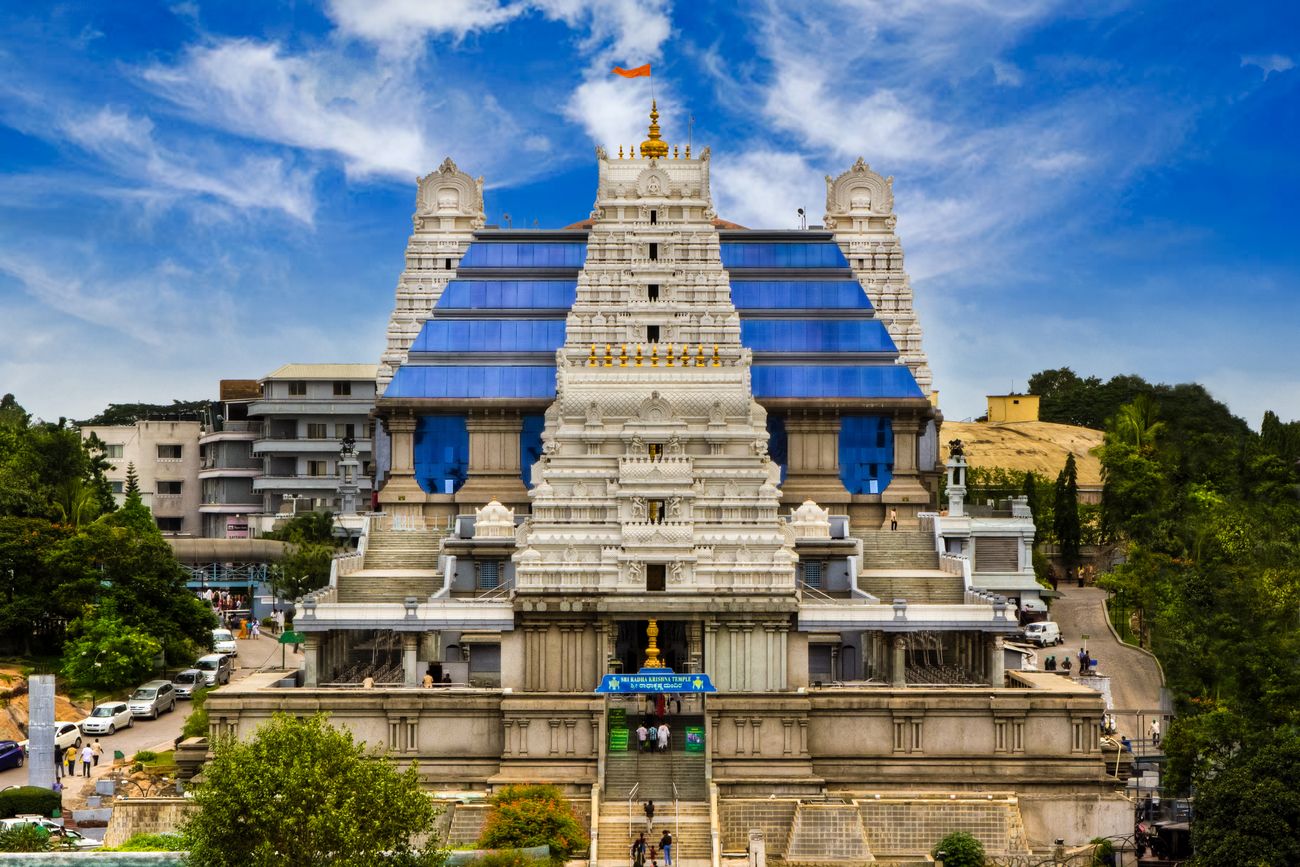
A grand view of the gorgeous ISKCON Krishna Temple under the clear blue sky. It is one of the most peaceful places in the city with good maintenance © Amith Nag
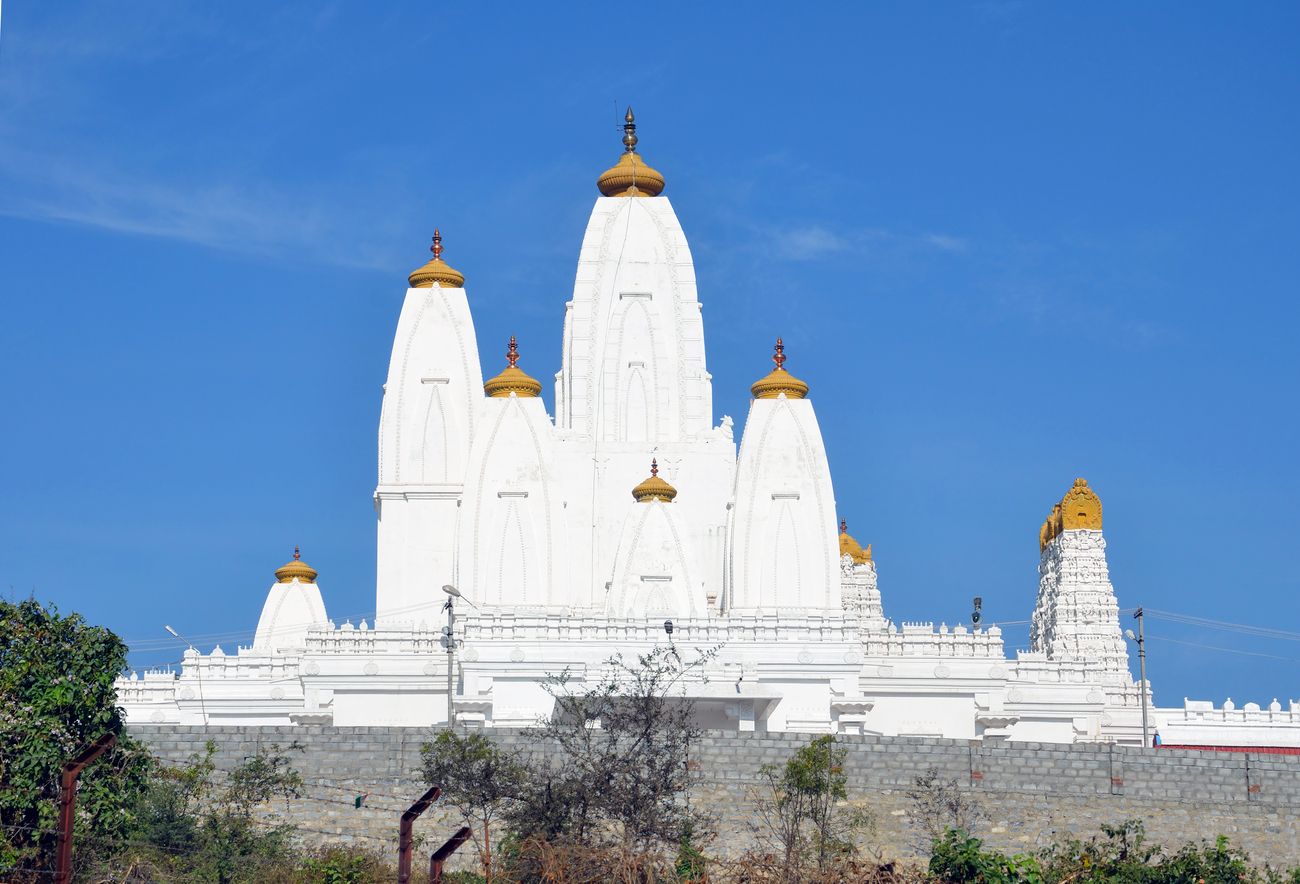
A grand view of Sri Dwadasha Jyotirlinga Temple which is a Hindu temple that is situated on the Omkar Hills. It is a very unique temple as one can see all the twelve Jyotirlingas (replicas) here in Karnataka state © suronin
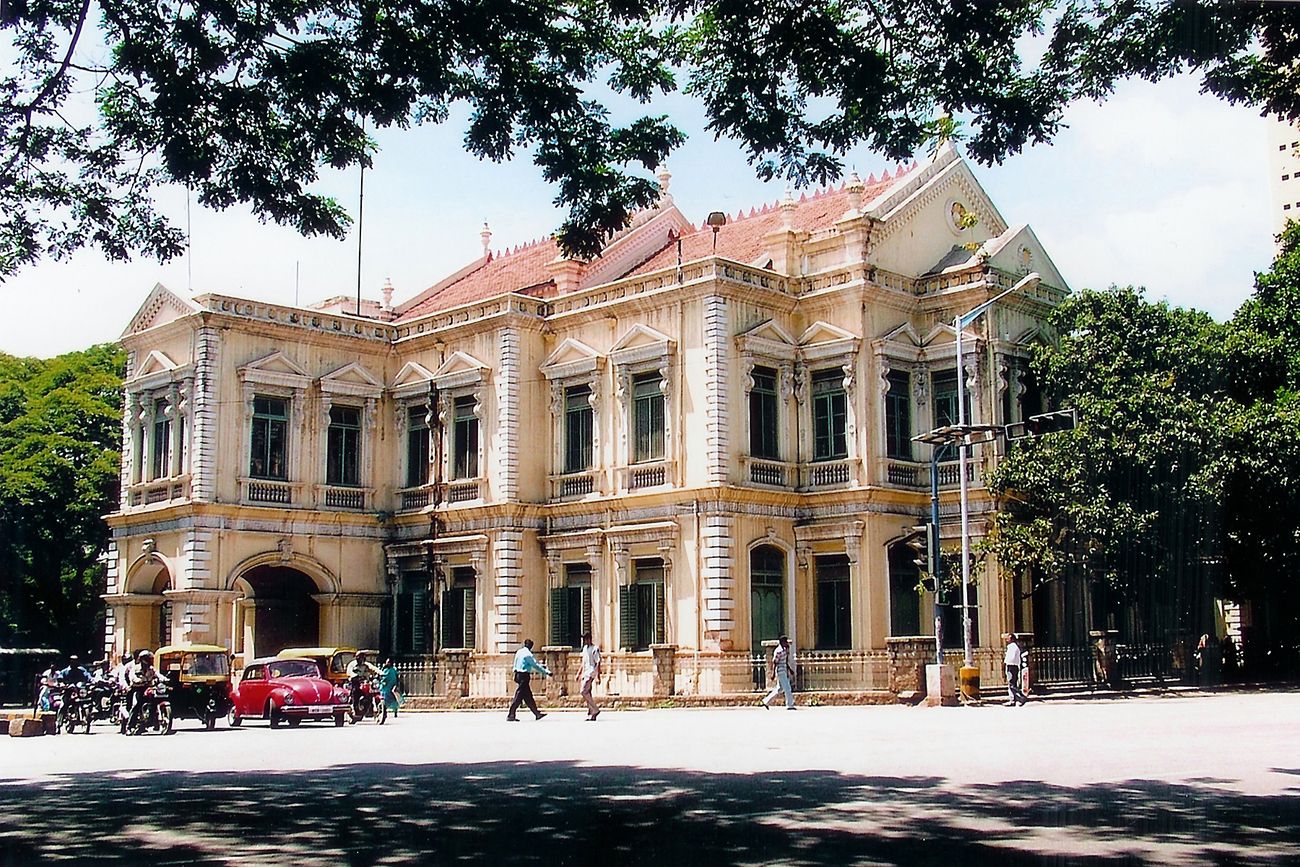
A grand view of Mayo Hall which is a government building located in the center of Bangalore. It is a remarkable brick and mortar structure built in the memory of the fourth Viceroy of India (1872), Lord Mayo © ARAVIND TEKI
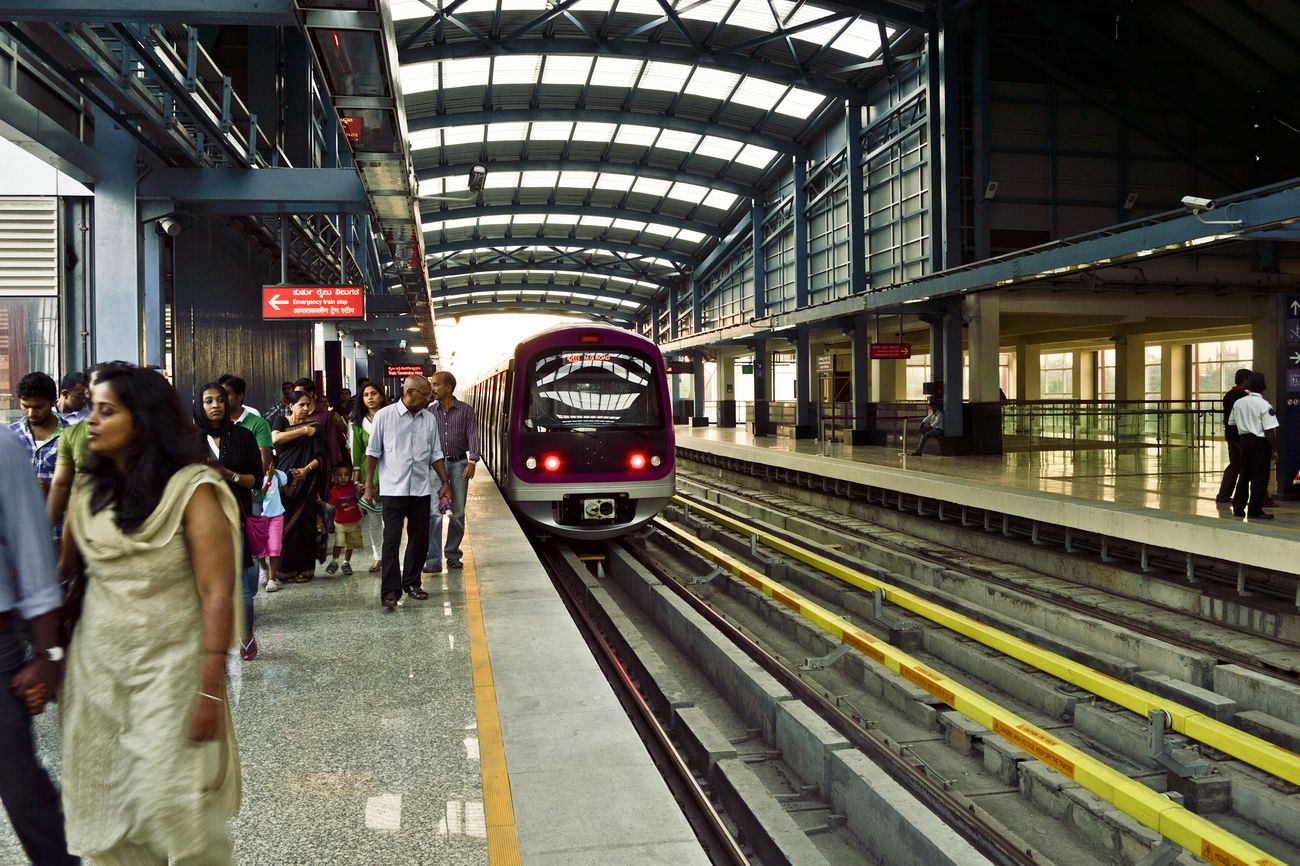
Bangaloreans taking comfort in the new mode of rail transportation system at MG Road Metro Railway Station. It is a station on the Purple Line of the Namma metro © Shylendrahoode
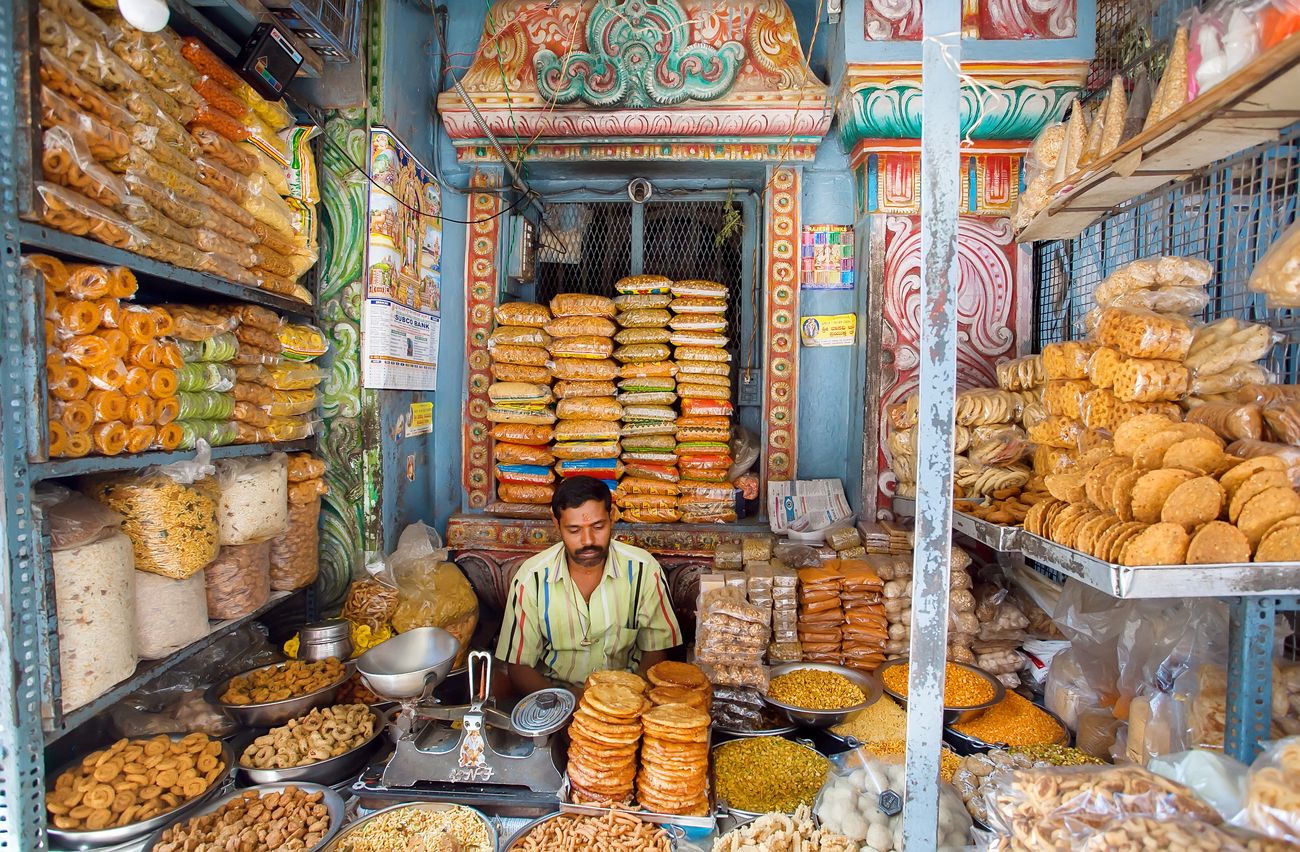
A glimpse of a sweet shop where the owner waits for buyers in his shop which is filled with different varieties of snacks. The Silicon Valley of India, Bangalore is the third most populous Indian city with a population of 8.52 million © Radiokafka
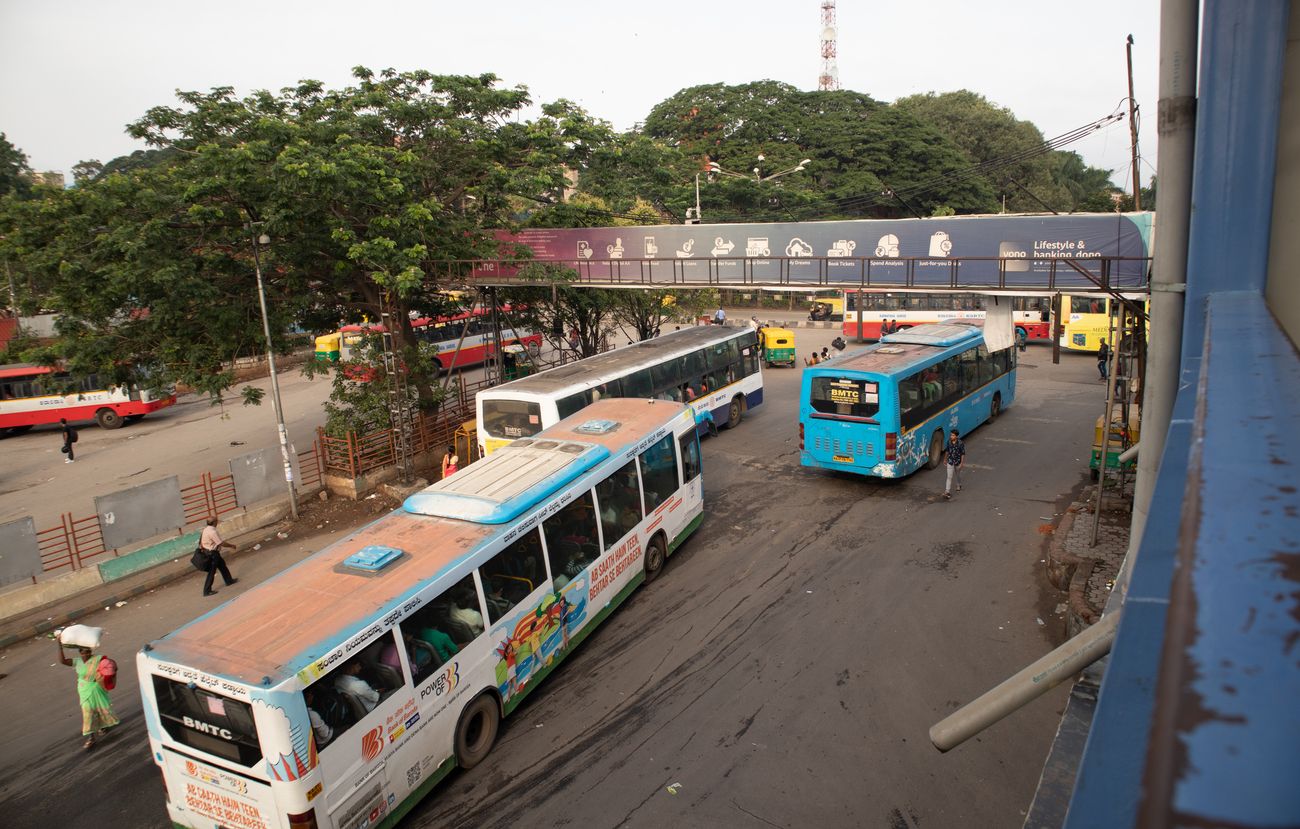
A crowd of buses in the Kempegowda Bus Station, more commonly known as Majestic Bus Station as it is a large bus station with congested traffic in central Bangalore © lakshmiprasada S

A busy, vibrant and crowded KR Market in the heart of the city whose main entrance gate is sighted © Denis.Vostrikov

A beautiful sight of gigantic silk cotton tree, also known as Bombax sp. in Lalbagh garden © RealityImages

A beautiful sight of a red museum which is flanked by the Venkatappa Art gallery and the Visvesvaraya Industrial and Technological Museum situated in Bangalore © shailen photography

Different varieties of HDR pottery pots and idols of God showcased from the street market of Bangalore © Kavisimi
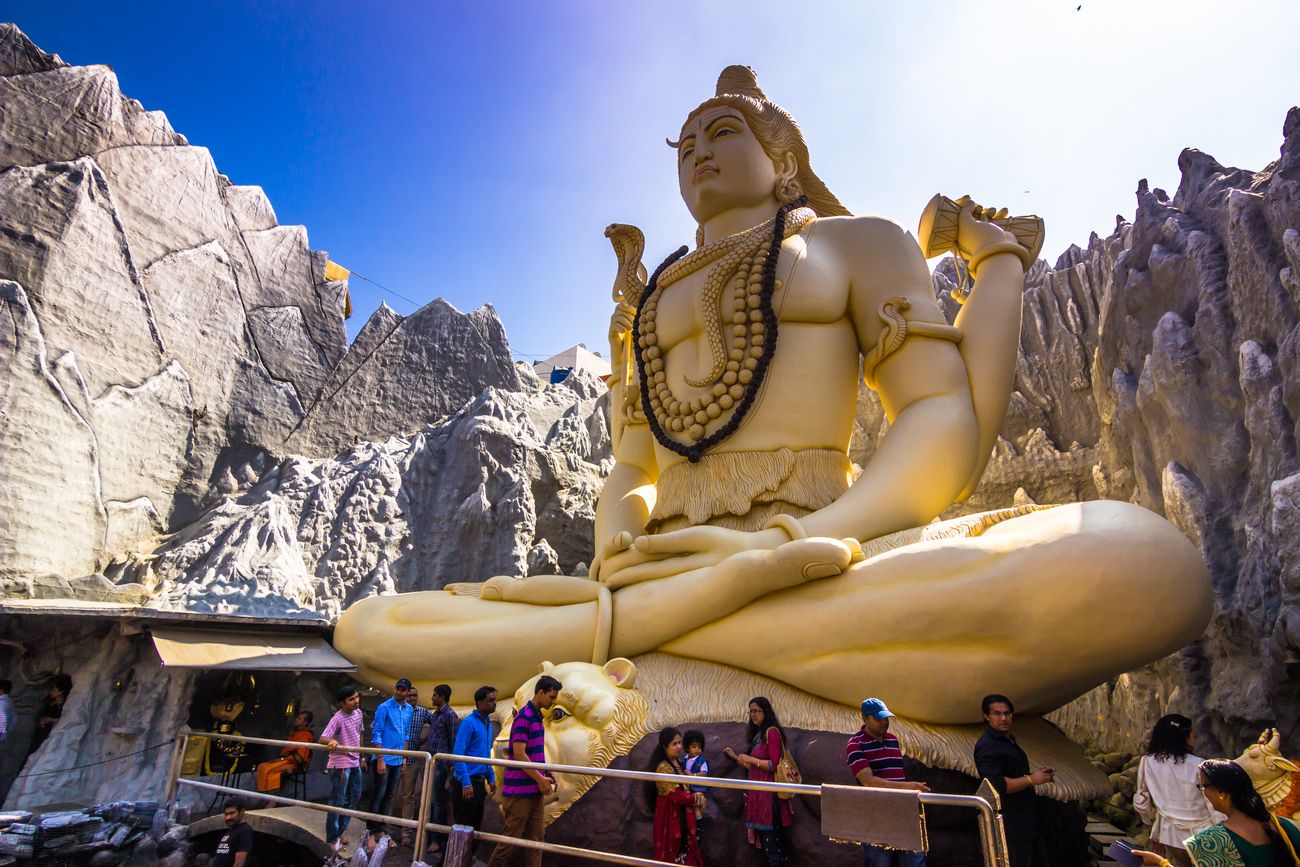
A zoomed in view of a gigantic statue of Lord Shiva in Kempfort Shiva Temple which is known for the 65ft Shiva Statue, situated in Bangalore © RPBaiao

A woman walks in a pretty store with vintage furniture, art objects, and antiques located at a second-hand market. The Silicon Valley of India, Bangalore is the third most populous Indian city with a population of 8.52 million © Radiokafka
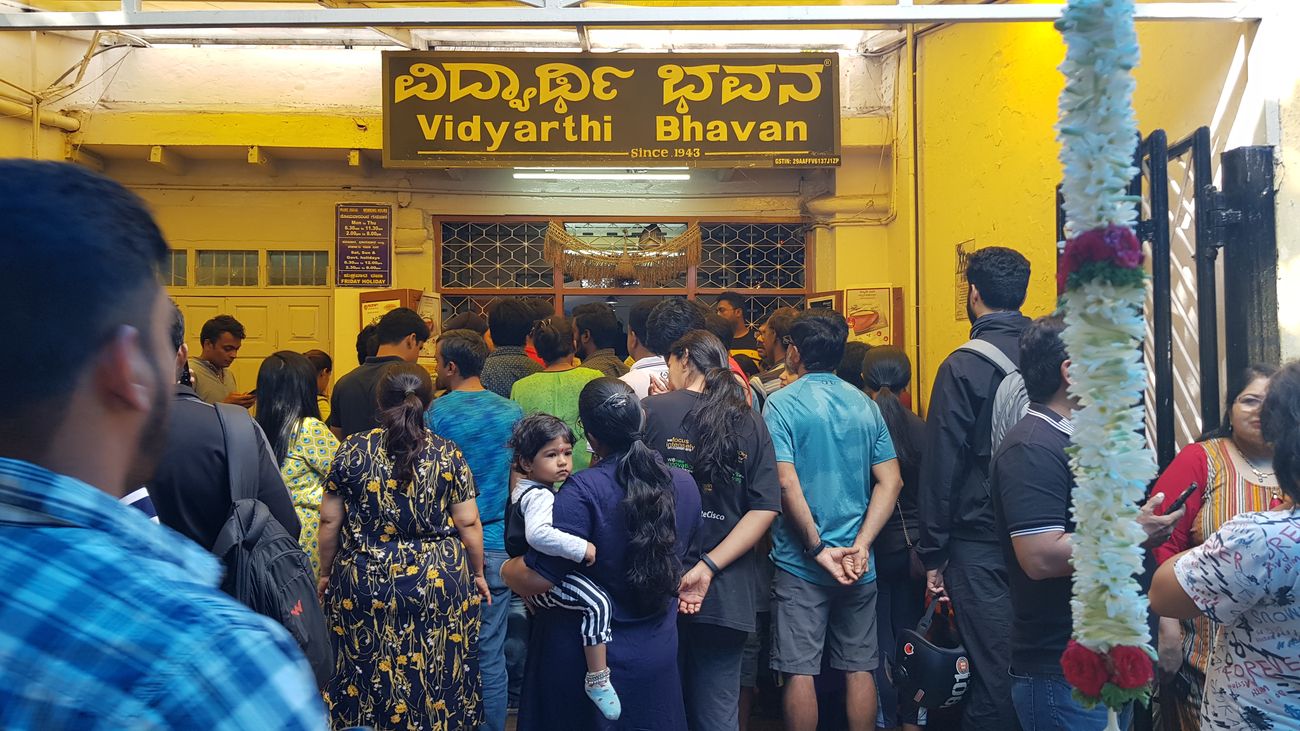
A large crowd of people waiting outside the well-known hotel ‘Vidyarthi Bhavan’ whose name is also written in local language ‘Kannada’ © Kaarthikeyan.SM

A Woman sells raw peanuts at KR Market which is also known as City Market. It is the largest wholesale market which dispenses commodities © sunil ak

Gorgeous interiors of St. Mary Basilica which is a spacious gothic Church designed by a French architect and built in the form of a Cross © Denis.Vostrikov
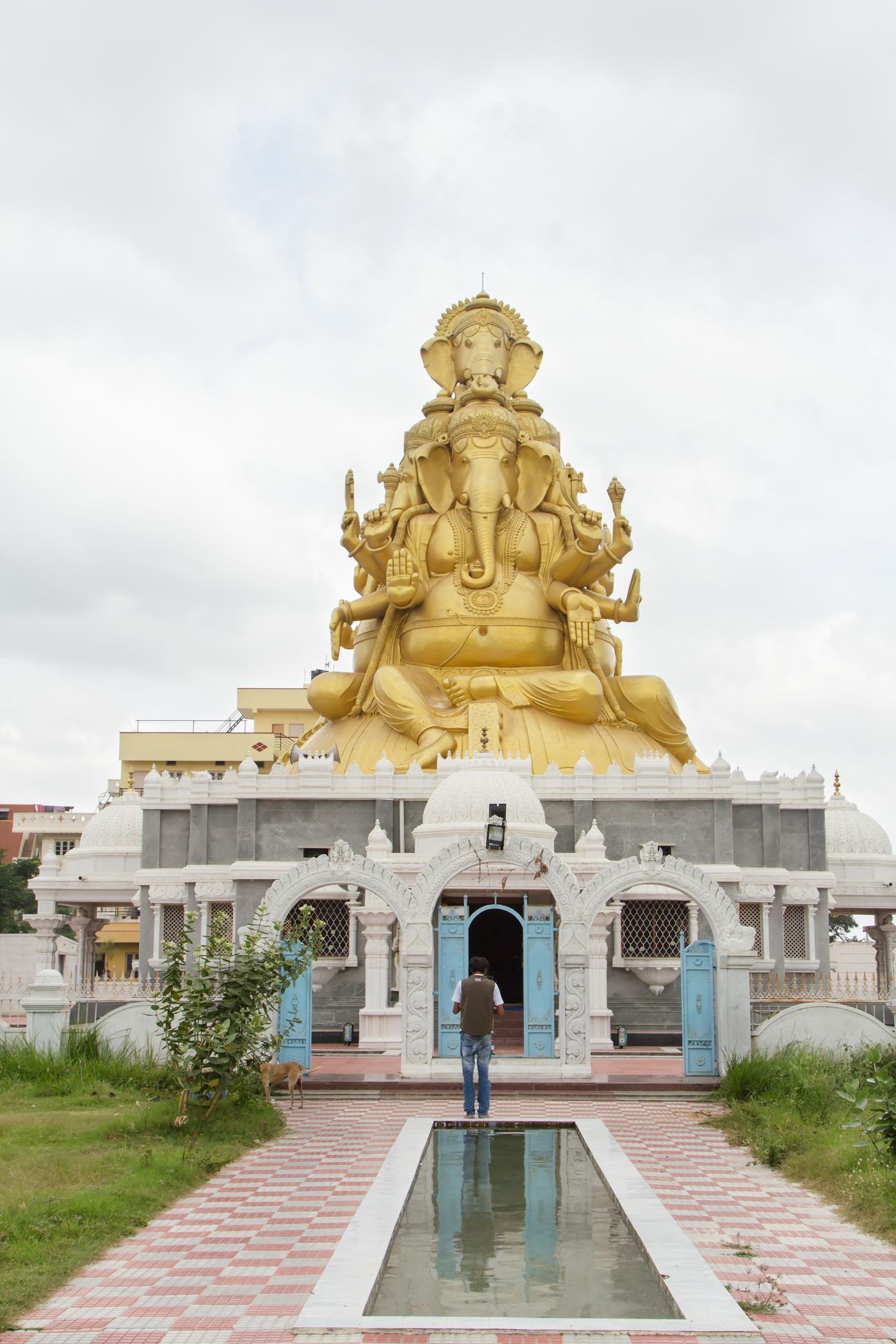
An Indian devotee stands and worships the giant statue of Ganesha, one of the most widely worshipped deities in Hindu religion, on the outskirts of Bangalore. This huge statue of Ganesha on the Bangalore-Mysore road is five-faced © VasukiRao
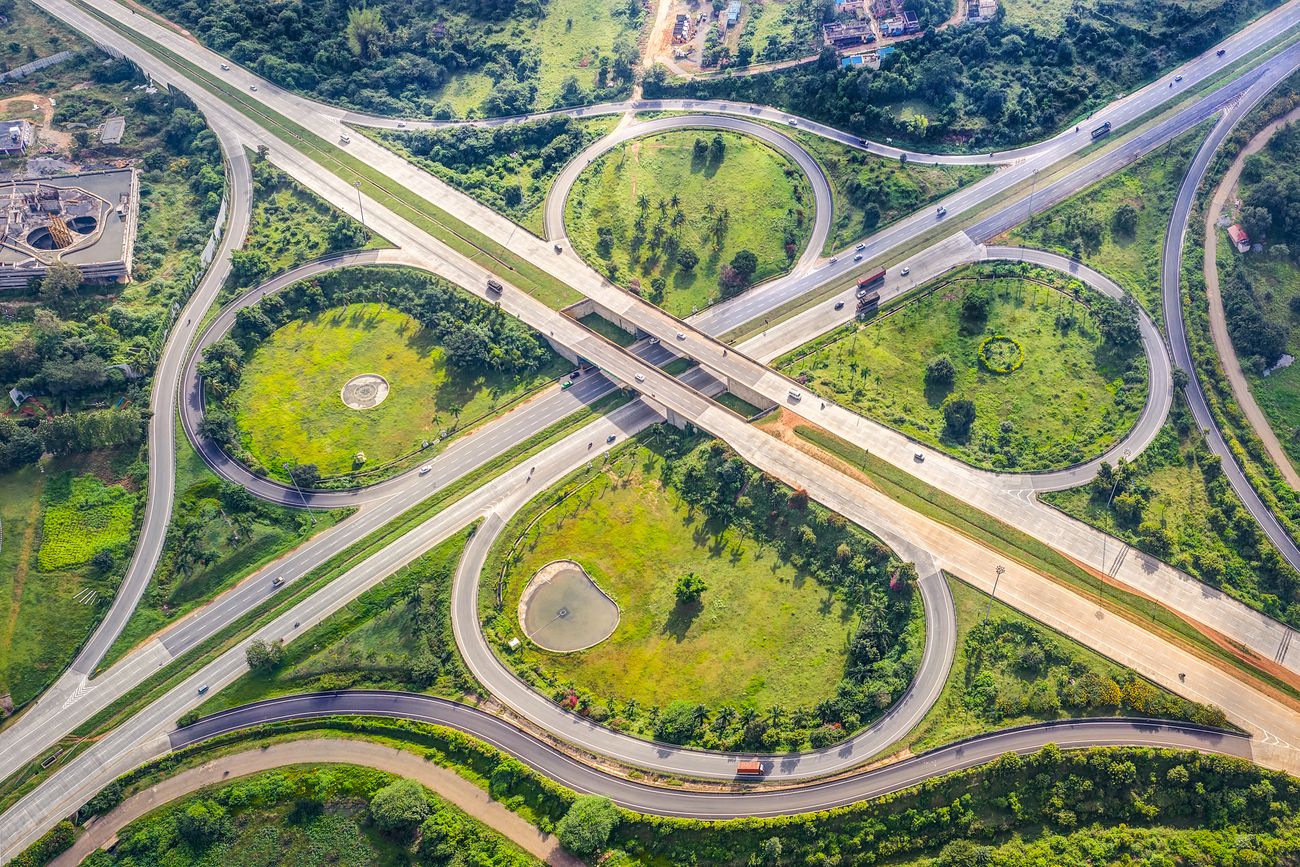
A mesmerizing aerial view of the CloverLeaf Junction on NICE Road. It is a four to six lane private tolled expressway connecting the two cities of Bangalore and Mysore © Amith Nag
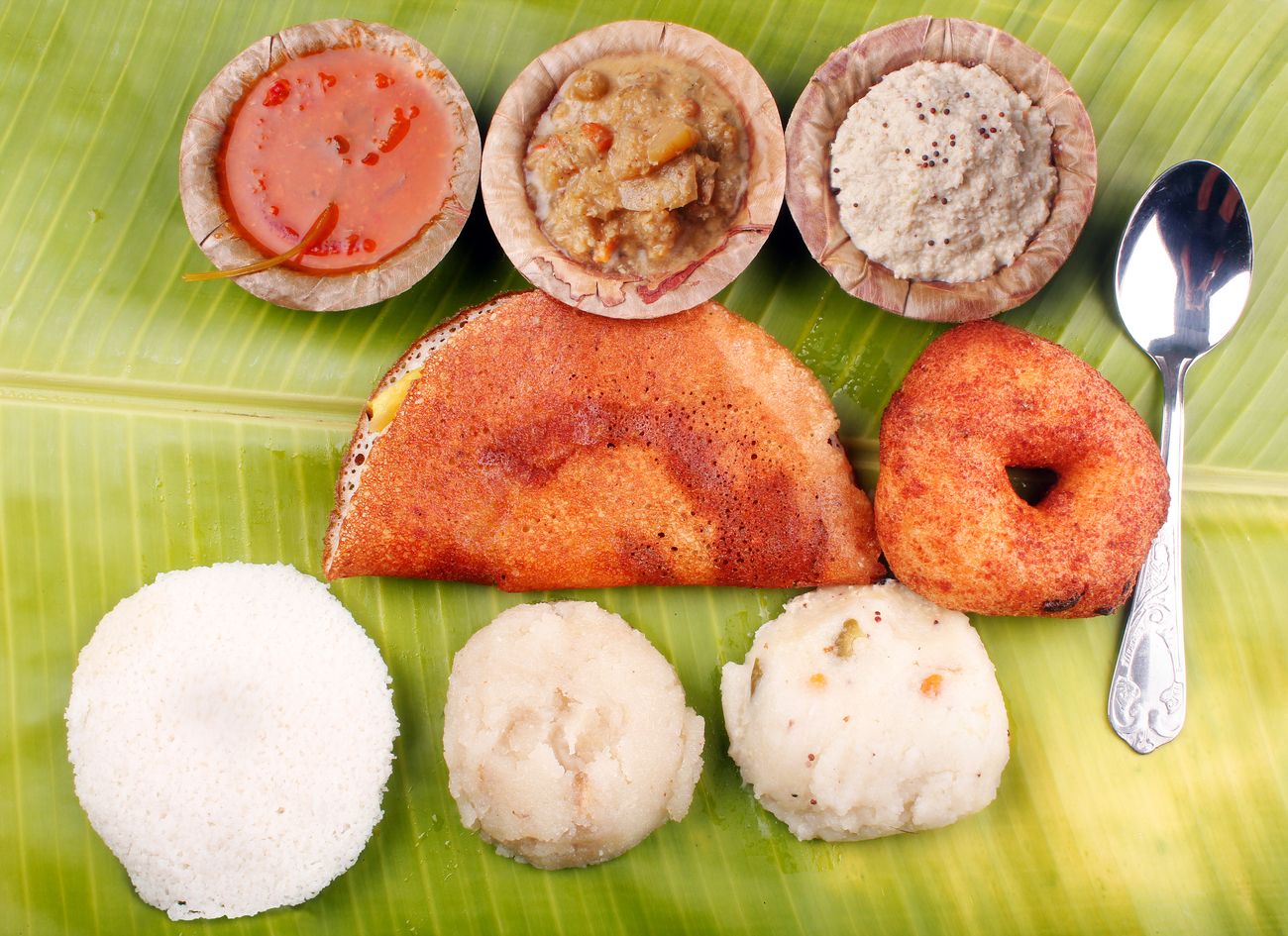
Traditional south Indian breakfasts with a platter including dosa, idli, vada, upma, kesari bath with spicy Indian curry and chutney served on a banana leaf © KreativKolors

Two Taxi drivers repair their auto-rickshaws, commonly known as tuk-tuk while the travelers wait on the street of Bangalore © Denis.Vostrikov

A tourist walking inside the Bangalore fort which is a powerful edifice of Indian history, also known as Tipu Sultan’s fort that stands testament to the rich history of the Kingdom of Mysore © Nopkamon Tanayakorn

St. Marks Cathedral architecture view, Bangalore, Karnataka © Shailendra Sood

City of Bangalore is not just about IT companies and big malls. 80% of people are middle class and live in small houses and even in small slums scattered throughout the city © Nan Li


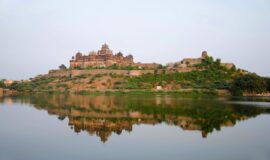




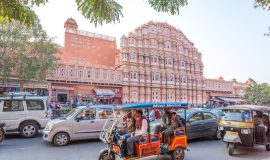
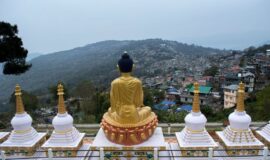
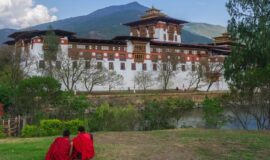


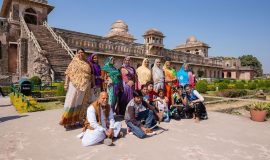

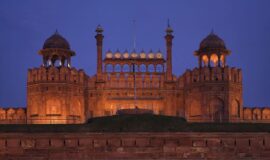


![Golden Triangle Tour with Goa [Culture + Beach Vacation] (12 days) Golden Triangle Tour with Goa [Culture + Beach Vacation] (12 days)](https://www.vacationindia.com/wp-content/uploads/2022/06/golden-triangle-tour-with-beach-vacation-270x160.jpg)




